Klaipeda Tourism Information
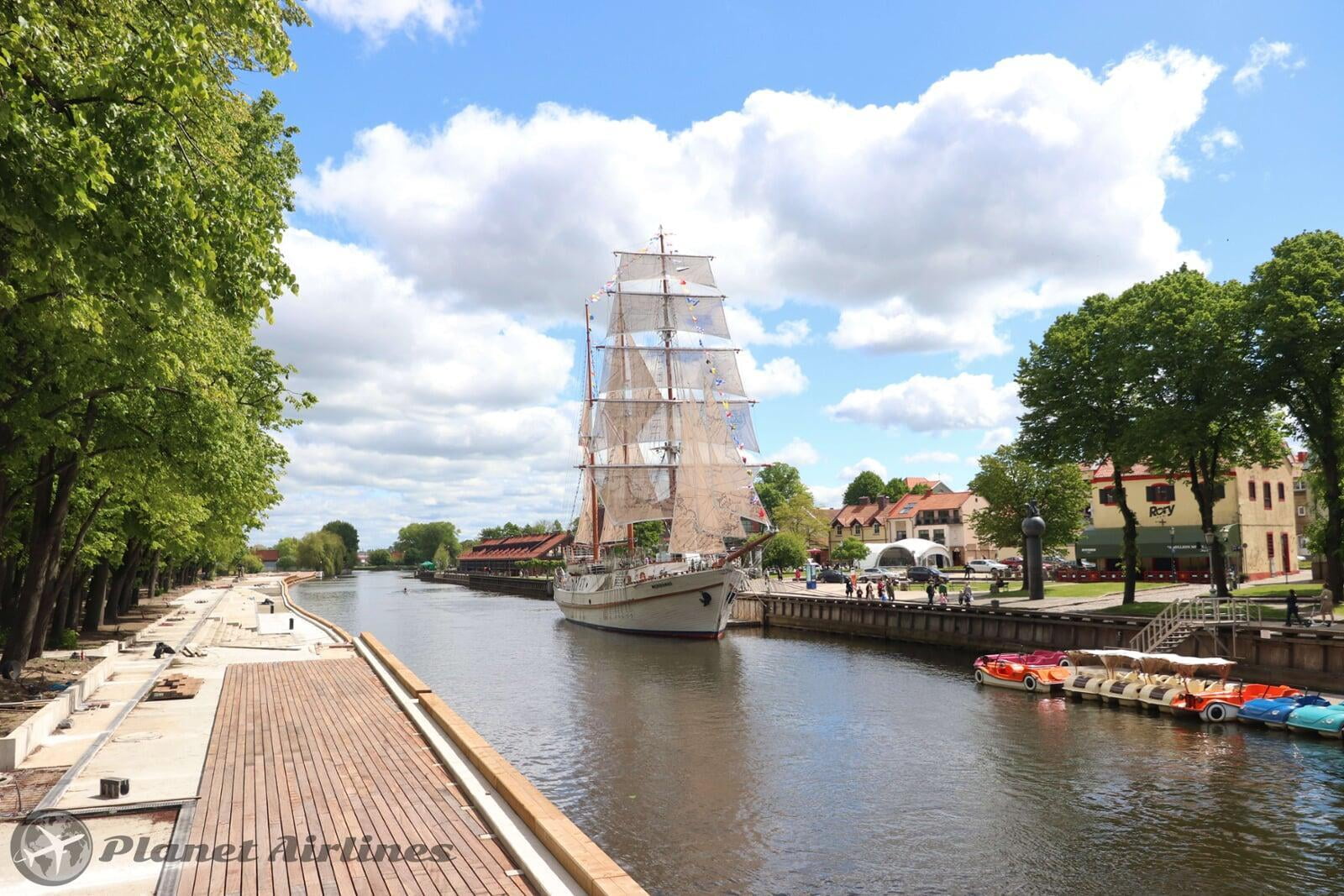
Klaipėda is the third largest city of Lithuania, located on the Western part of the country, and it's the biggest port of the country, within close distance to other Baltic Sea ports: Kaliningrad (Russia) and Riga (Latvia).
The town was founded in 1252, when the Livonian Order, after occupying the coastal lands of the Balts, built a wooden castle at the mouth of the Dane river and called it Memelburg. Unfortunately the castle is no longer erected, but you can still visit its grounds and the museum.
By the end of the World War II the town was heavily damaged; the greater part of the Old Town was destroyed and few inhabitants remained. During the years of Soviet power (1945-90) the churches and many other valuable buildings were reconstructed. Klaipėda was turned into an industrial town. The remaining and restored Old Town preserved its old-time spirit and charm. It is an important sea transport centre with an international ferry port. By its old architecture the seaport is closer to the northern countries.
The town has a university, music and drama theatres, museums, libraries, concert halls, culture centres, an Art Exhibition Palace, and galleries as well as a park of sculptures, the carillon and many other historical and cultural monuments. The Old Town with its beautiful Teatro Square is very distinctive and inviting.
Klaipėda cherishes nice marine traditions, it hosts the Sea Festival on the last weekend of July every year since 1934. This event includes a number of performances of artistic companies and craftsmen’s fairs.
Taking a short ferry, you arrive at Kopgalis Fort complex, built in the 19th century, houses the Maritime Museum with an attractive exposition of marine nature and the history of navigation. These unique structures also accommodate a rich Aquarium and a Dolphinarium hosting shows of trained dolphins and Californian sea lions.
The city, has many attractions catering for families, solo travellers, friends and groups, which make it a must see destination if going to Lithuania!
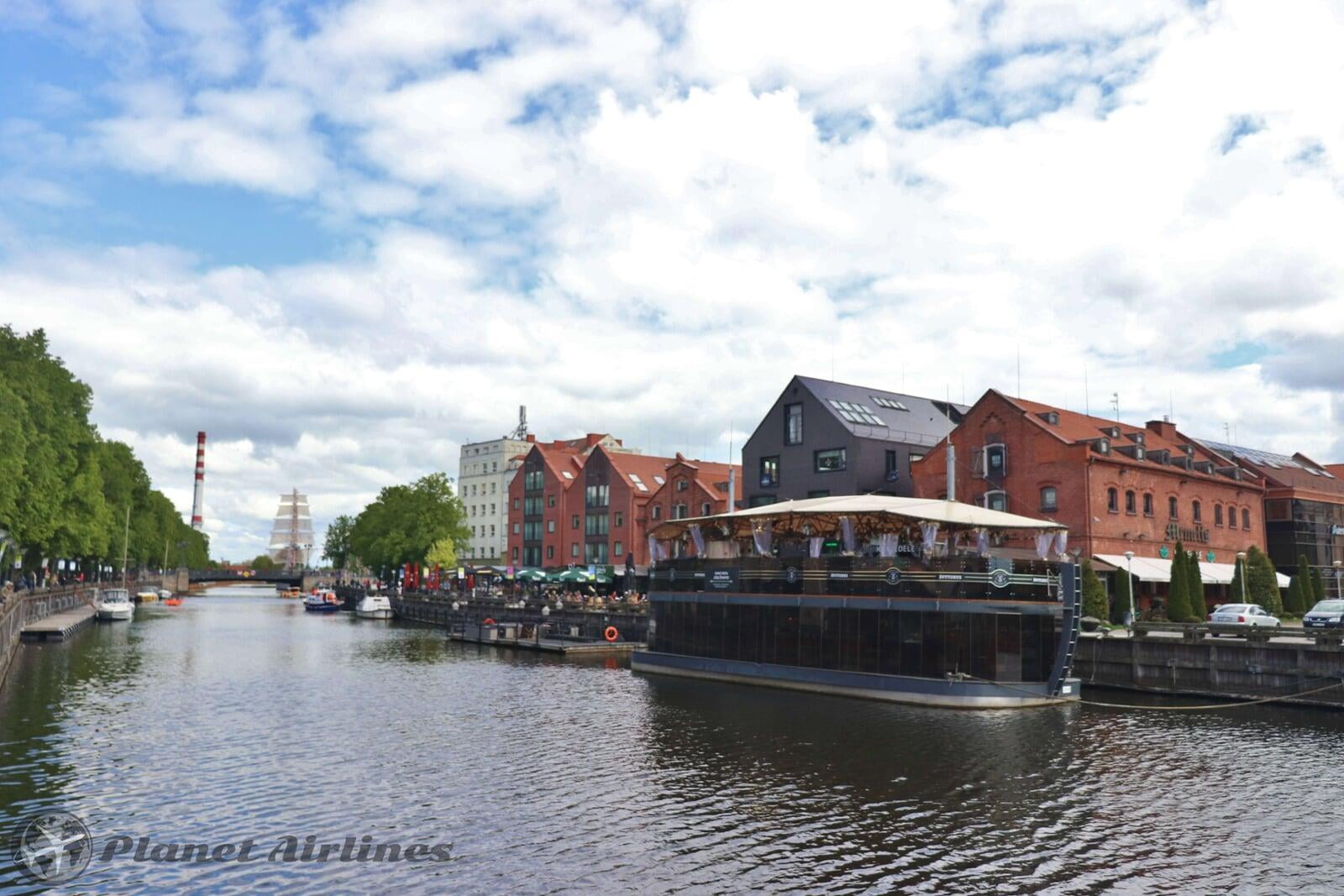
Klaipėda has a humid continental climate. Summers (June to September) are warm, with daytime temperatures often topping 28°C, on the hottest days. Although average temperatures are closer to 23-25°C. However, it can rain often, June is the rainiest month of the year. Summers are also the high season for Klaipėda, so expect many crowds and visitors taking advantage of the beaches and the natural surroundings.
Spring and Autumns are nice to visit for the vegetation colours, since Lithuania is a very green country. Temperatures during the shoulder seasons are pleasant to visit with day time figures reaching 15-18°C but at night it will become chilly, dropping to 8-12°C.
Winters (December to March) is quite cold, with temperatures hovering around 5-8°C but in occasions it can drop to below -5°C. But with the sea winds and humidity, it does not feel as cold as the inner part of Lithuania. However, with global warming, Winters are not as harsh and each year the snow, although likely, is less heavy and melts within a few weeks.
The best time to visit Klaipeda is from April to October for nice temperatures, comfortable outdoor activities and swimming in the Summer months.
Arriving into Klaipeda by plane is not the most common way, as there is a limited amount of flights, but if you do, you will arrive at Palanga Airport, which is shared via the two cities. To get to Klaipeda (or Palanga) get bus 100 for €3.00.
If arriving by road, Lithuanian roads are considered to be the best in the Baltic States. The via Baltica motorway connecting Helsinki with Warsaw and running trough three Baltic States is under construction. Most people will come from Vilnius or from Kaunas, where frequent busses and trains also operate. There is a well-developed domestic and international bus network in Lithuania and they are popular and quite comfortable.
Once in the city, you won't need to to take much public transport, as everything is well within walking distance. Single tickets start at €0.65 or €3 for a day ticket.
We have provided you with the links for more information on the Klaipeda Public Transport and the map can be downloaded below.
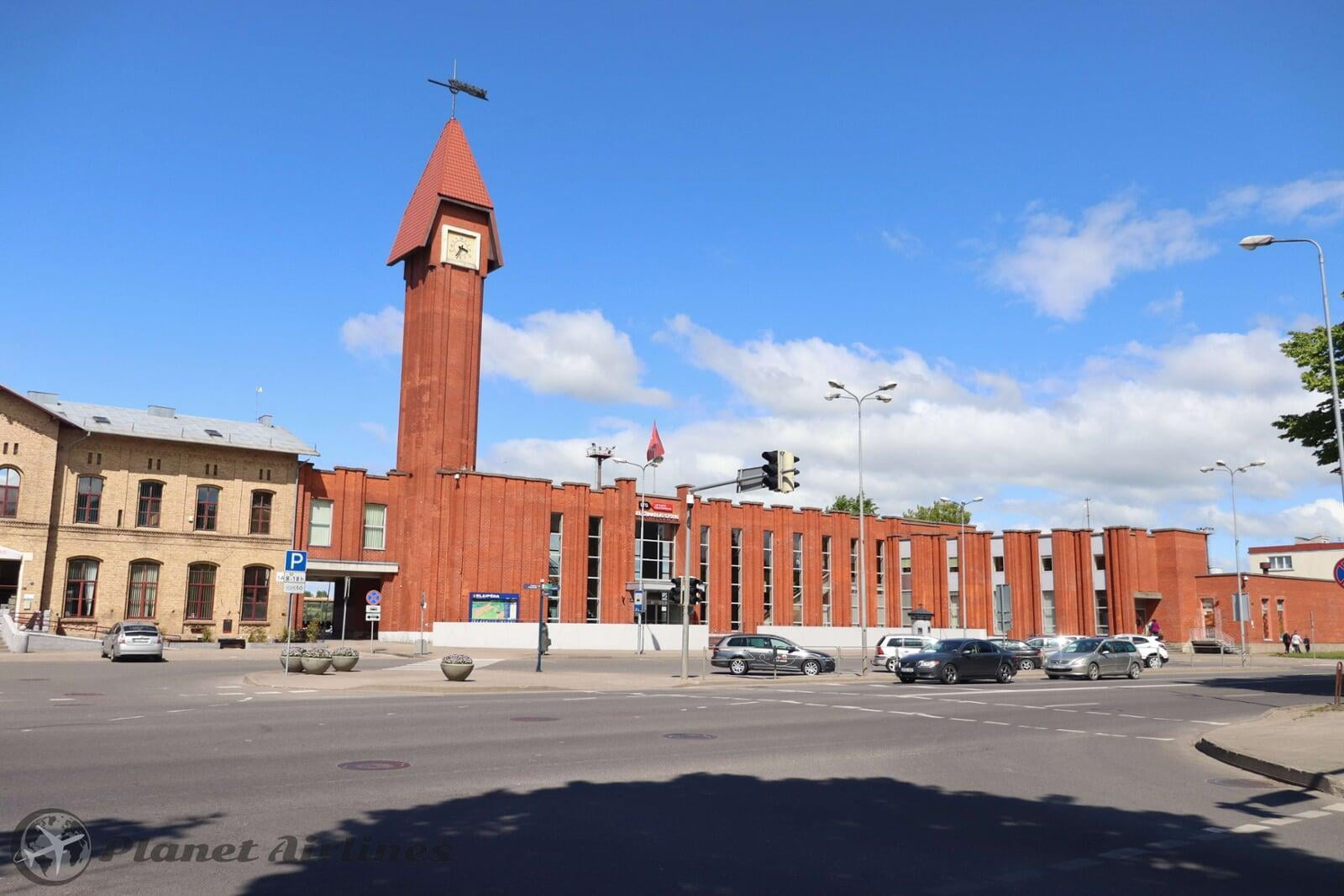
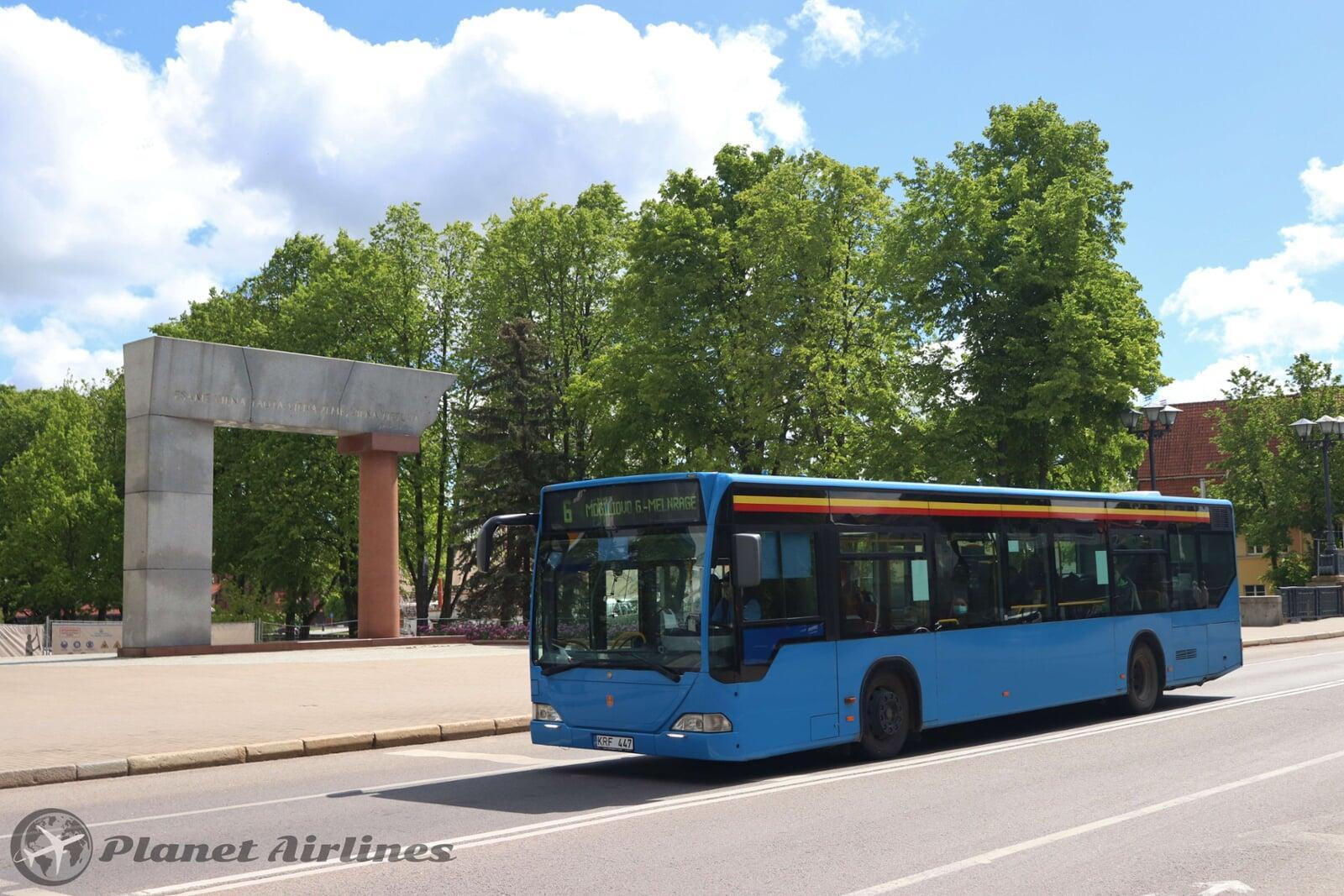
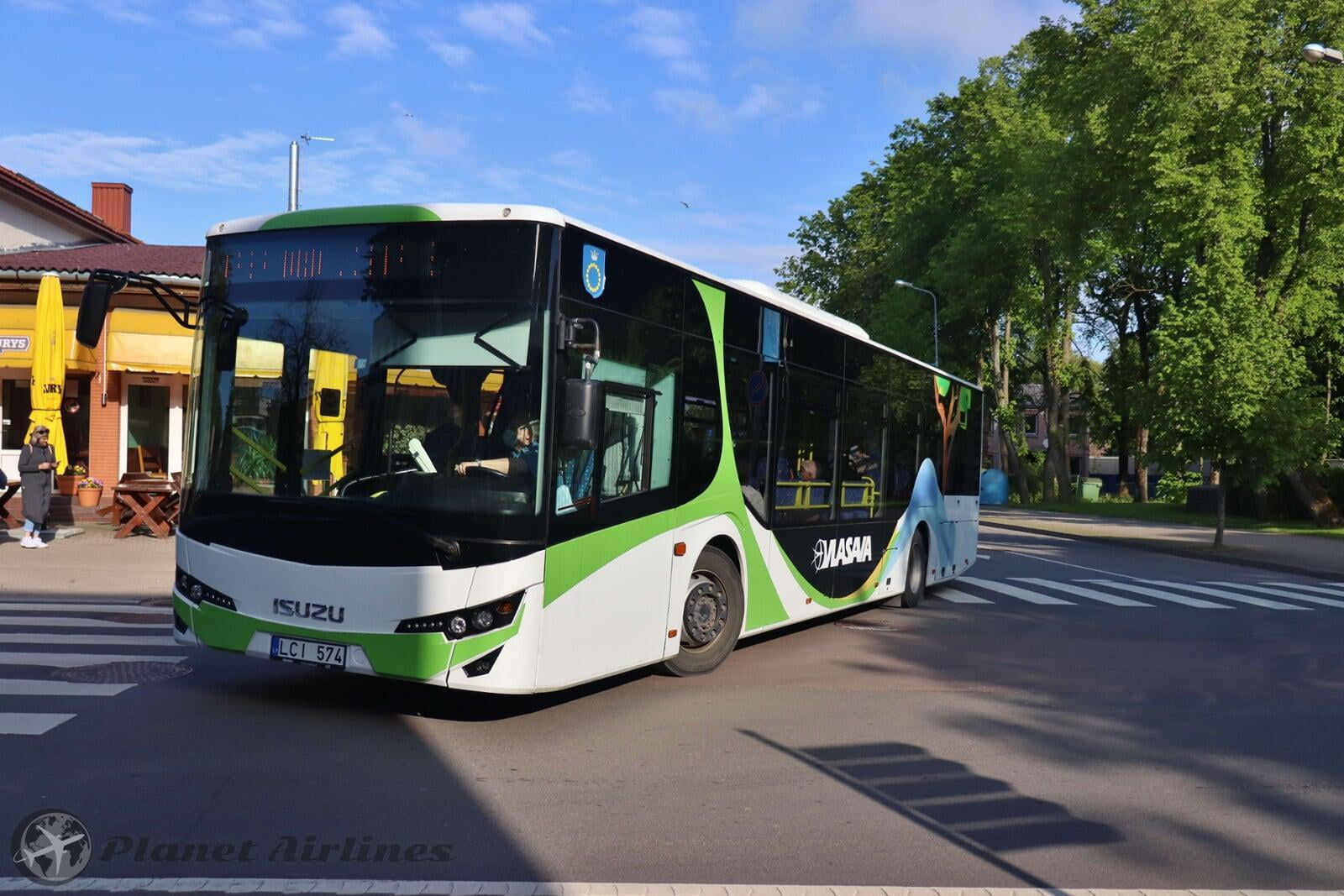
You can enjoy some traditional Lithuanian cuisine whilst in Klaipeda, and apart from the more common dishes, don't forget to try the smoked fish which is on sale on many parts of the city or have in Lithuanian restaurants across the city.
You can also find, šaltibarščiai, a cold Beetroot soup served with baked potatoes. Cepelinai, made from potatoes dumplings with pork meat fillings ; Black Rye Bread with cheese, traditional Lithuanian bread with melted cheese eaten as a starter.
As for drinks, the most drunk beverage is beer, having many Lithuanian local brands, also a traditional drink is Gira, a fermented beverage made from dark rye bread.
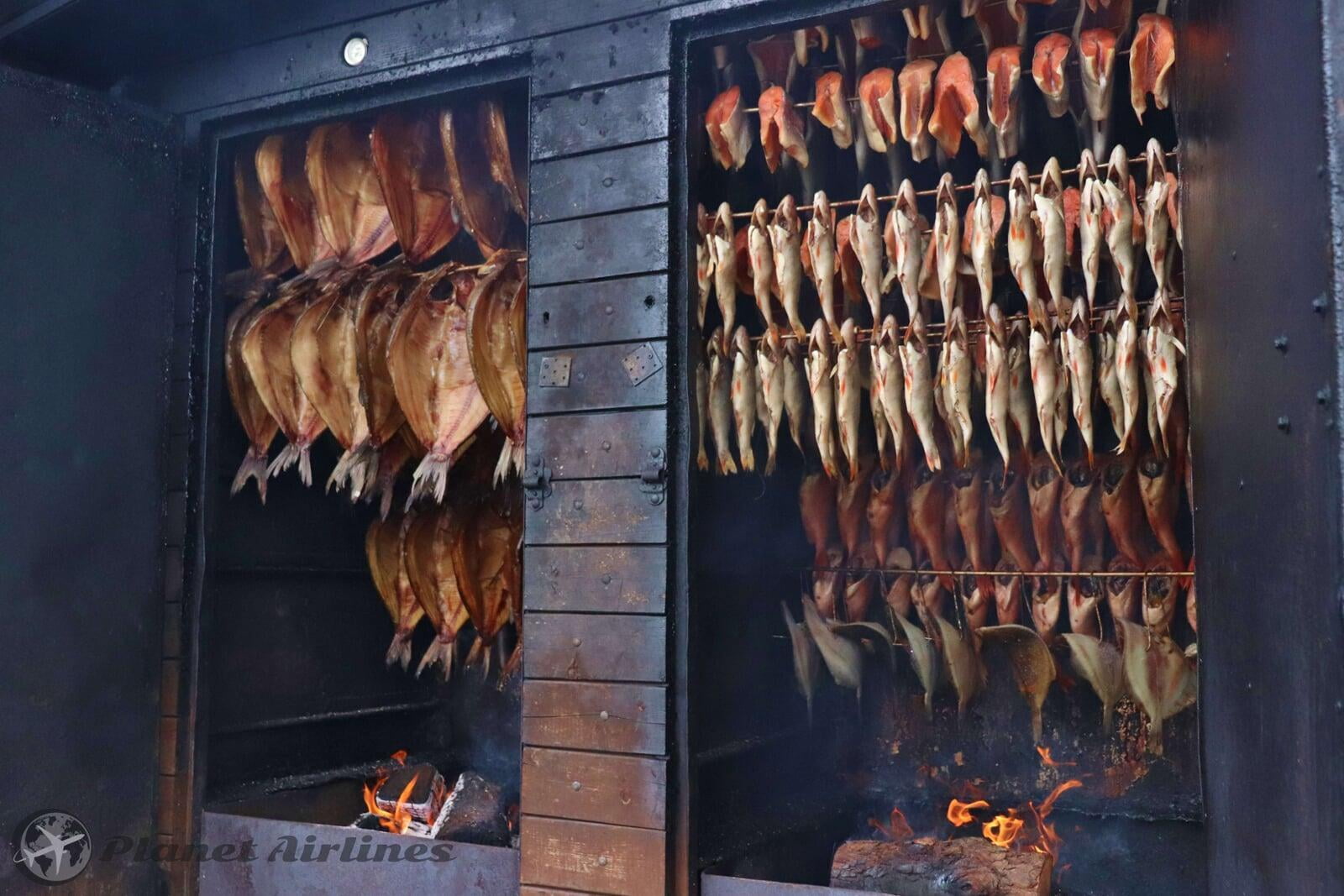
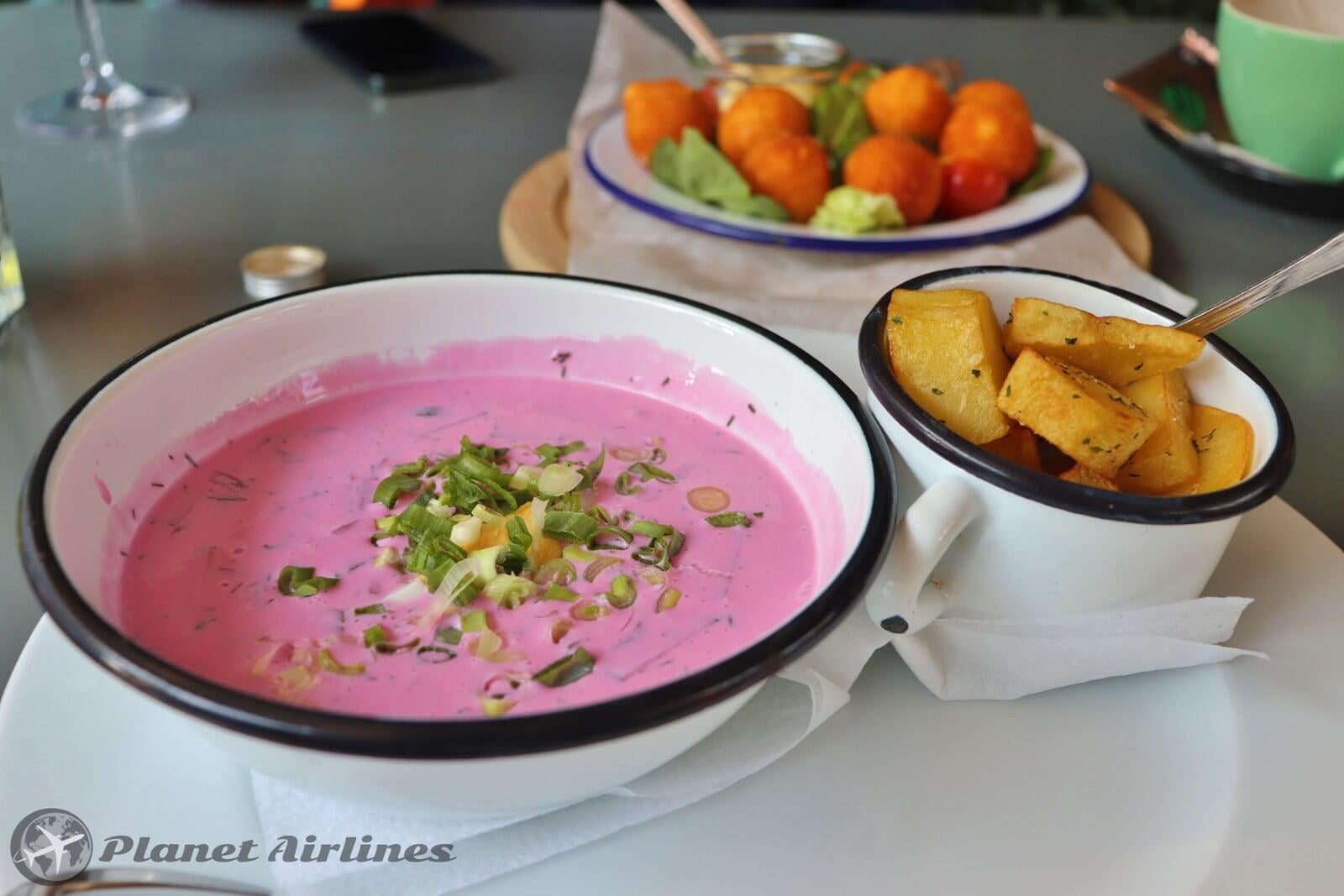
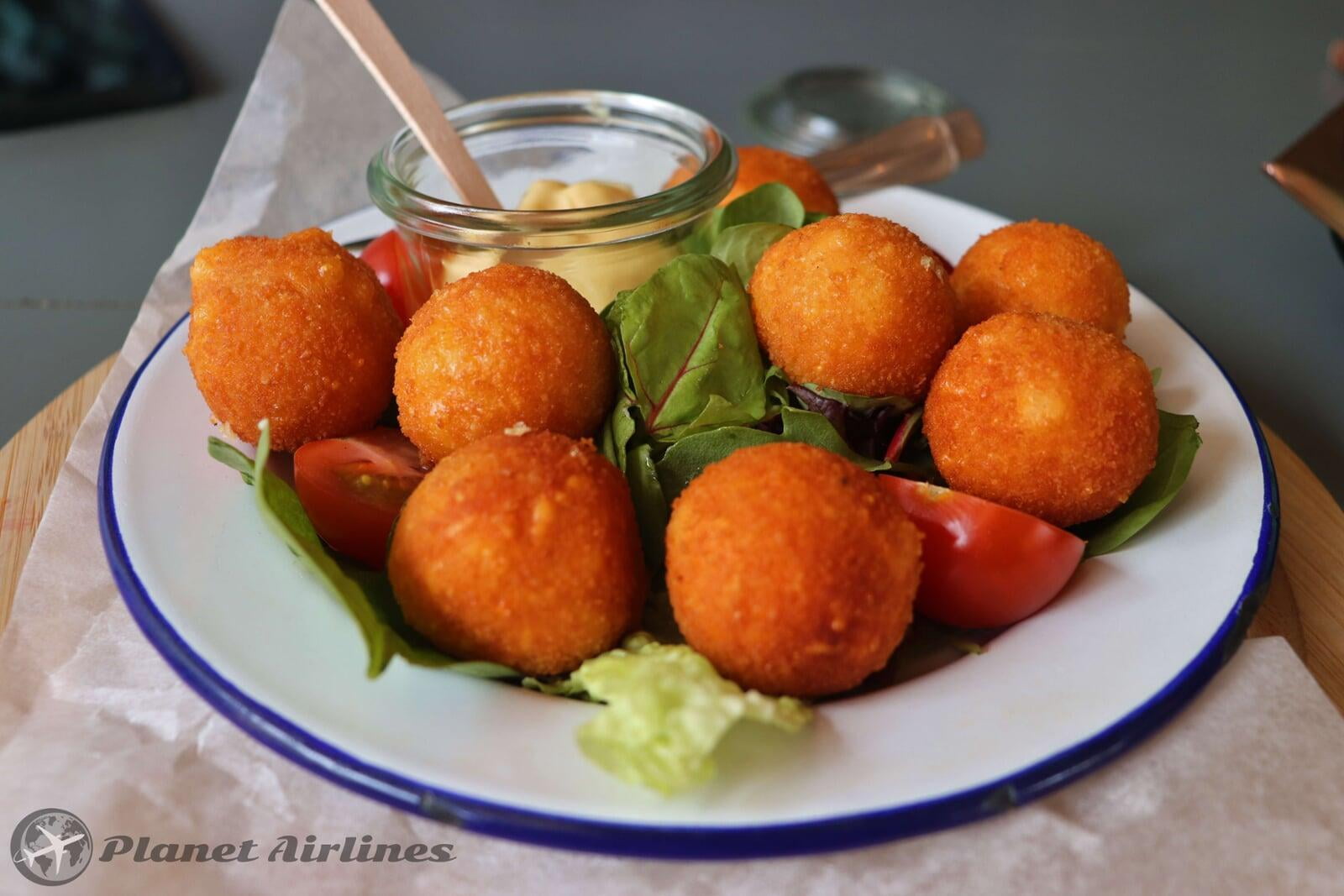
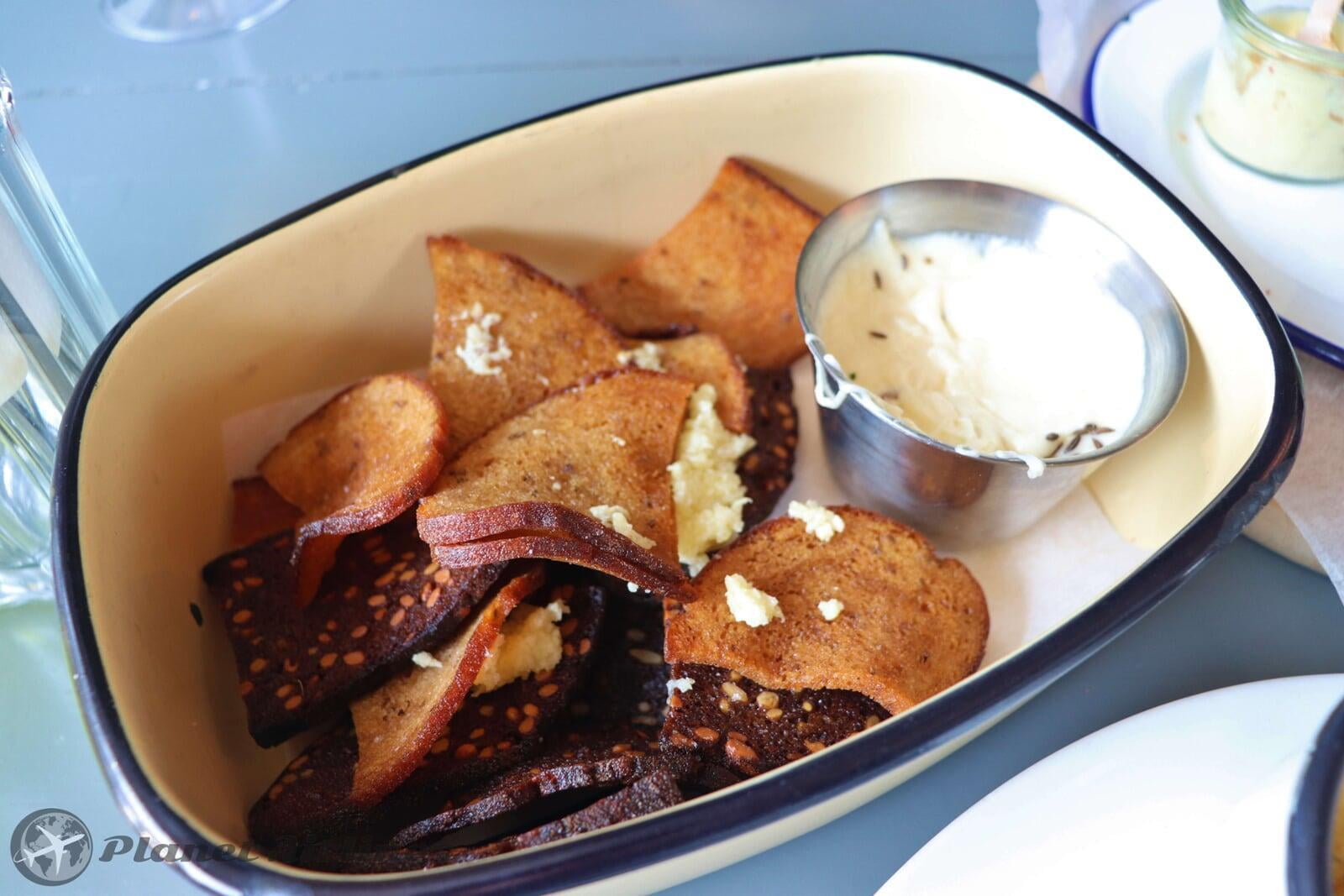
Klaipėda, was a former German city, under the name of Memel. Today, it is the third largest city in Lithuania and the capital of Klaipėda County. The city has a complex recorded history, partially due to the combined regional importance of the usually ice-free Port of Klaipėda, and located next to the Akmena-Danė River. It was controlled by successive German states until the 1919 Treaty of Versailles. As a result of the 1923 Klaipėda Revolt it was added to Lithuania and has remained with Lithuania to this day.
Popular seaside resorts found close to Klaipėda are Nida to the south on the Curonian Spit, and Palanga to the north. (see below for more info on Palanga)
Today's Klaipėda is known for its unique Fachwerk (Timber-Framed style) old town, neo-gothic architecture, lovely craftsmen‘s courtyards, cobblestone streets. The city also features the famous Drama Theatre and the Square, with gracious sculpture of Ann from Tharau. renowned for its vibrant atmosphere: folk performances, craft fairs, and amber markets are regularly held here. The city offers its visitors a large number of exciting museums such as the largest of that kind in Europe - Lithuanian Maritime Museum, Klaipėda Castle Museum, Clock & Watch Museum, Blacksmith Museum. Below you can find the highlights when visiting Klaipeda:
- Meridianas Sail Boat: This is the most important sight in the city, standing tall in the river Danes Up, right in the heart of old town, so its an easy walk to see and visit. Reconverted now into a restaurant and bar, this ship has been restored to its former glory. Best thing to see it inside is by reserving a table and having a little celebration on this majestic boat. You will see plenty of useful information and its history just outside. More info at restoranasmeridianas.lt
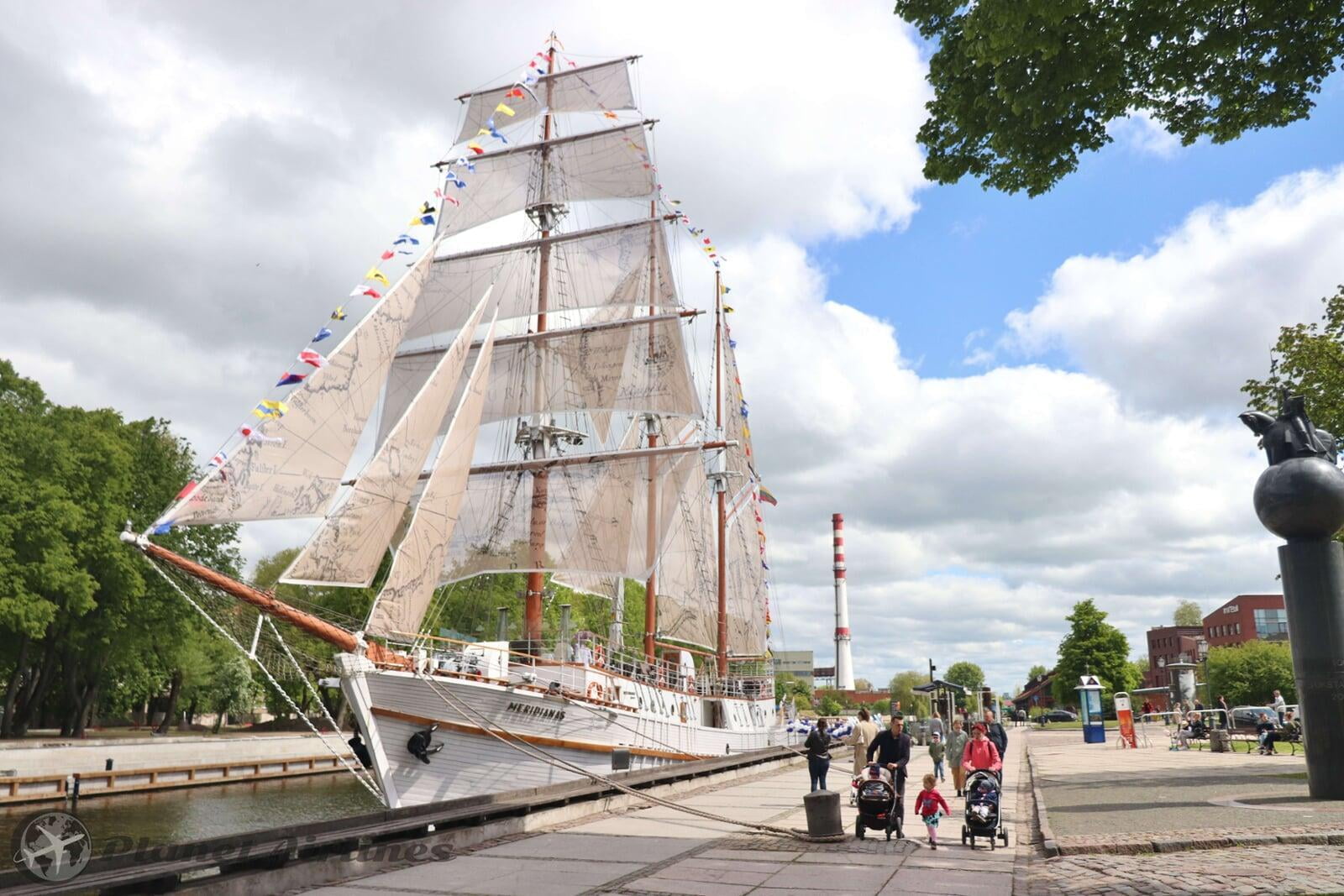
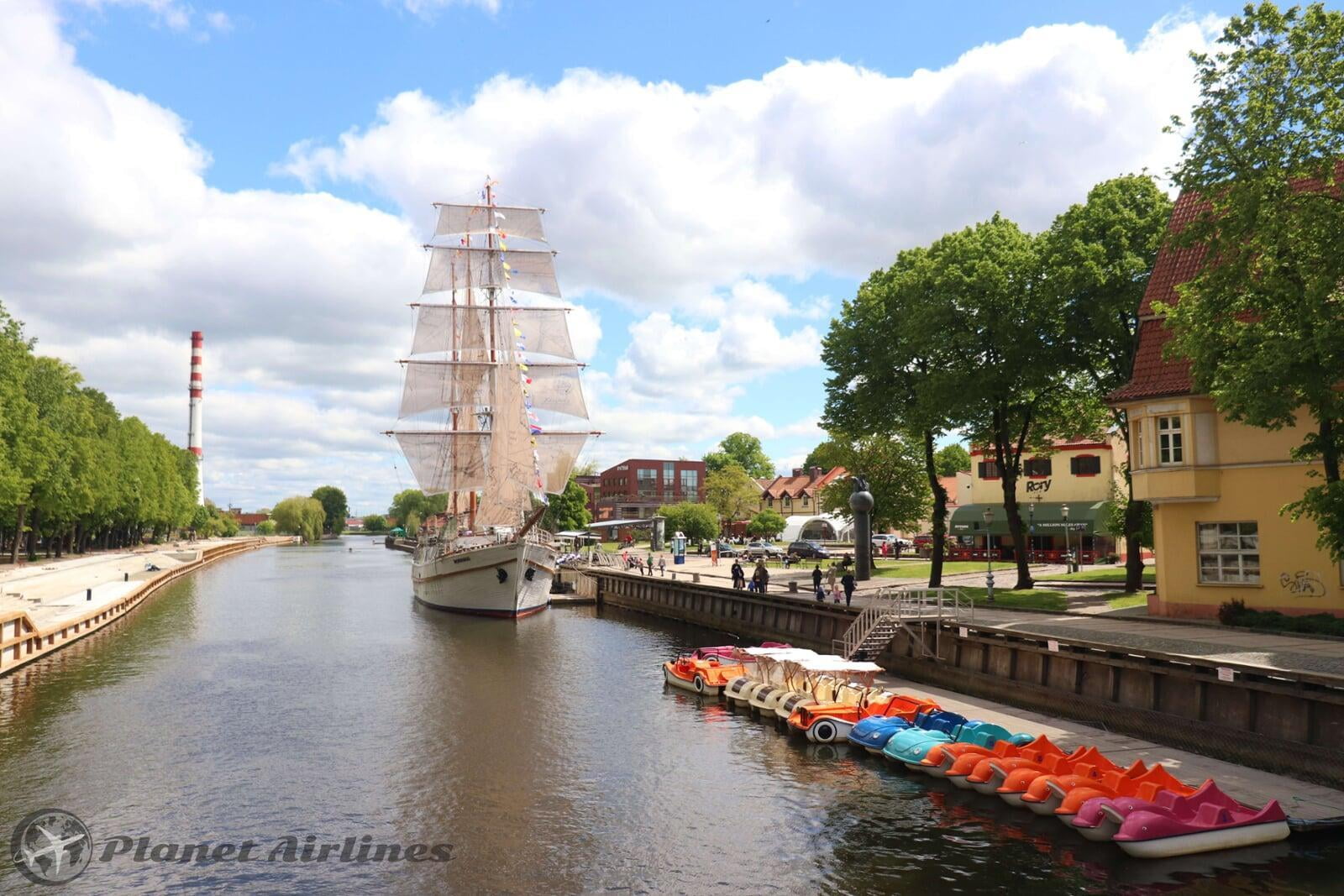
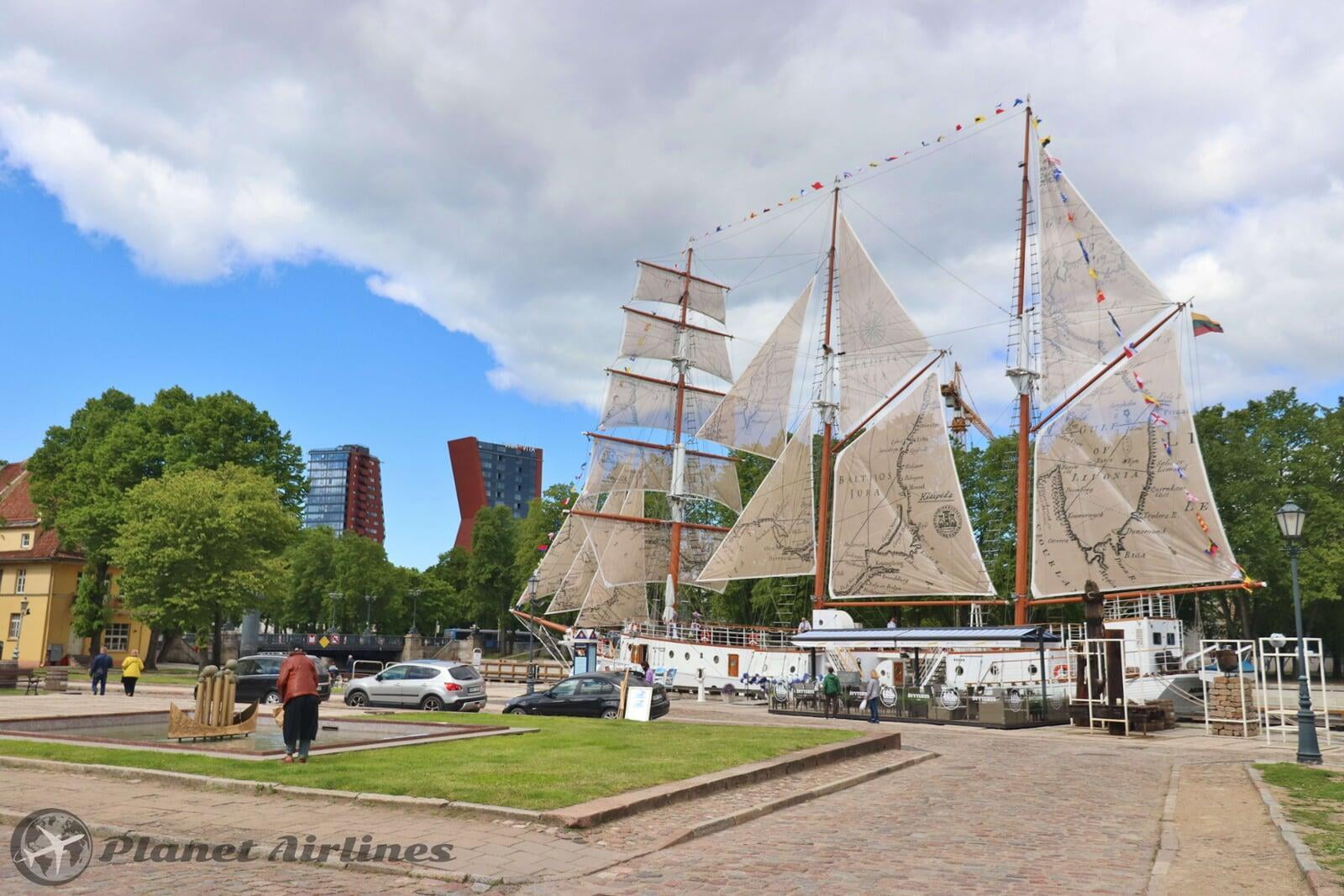
- Klaipeda Old Town: One of the best things to do in Klaipeda is to walk around the Old Town. As already mentioned above, the area used to be German. That’s why the architecture here is vastly different from the rest of the country. We recommend walking down Turgaus Gatve until you reach the Theatre Square. If you take a closer look, you can see the Klaipeda Coat of Arms on the façade of the theatre. In winter, you can find an ice-skating rink in this square. Next, head south and find one of our favourite places to visit in Klaipeda, the Friedrich passageway.
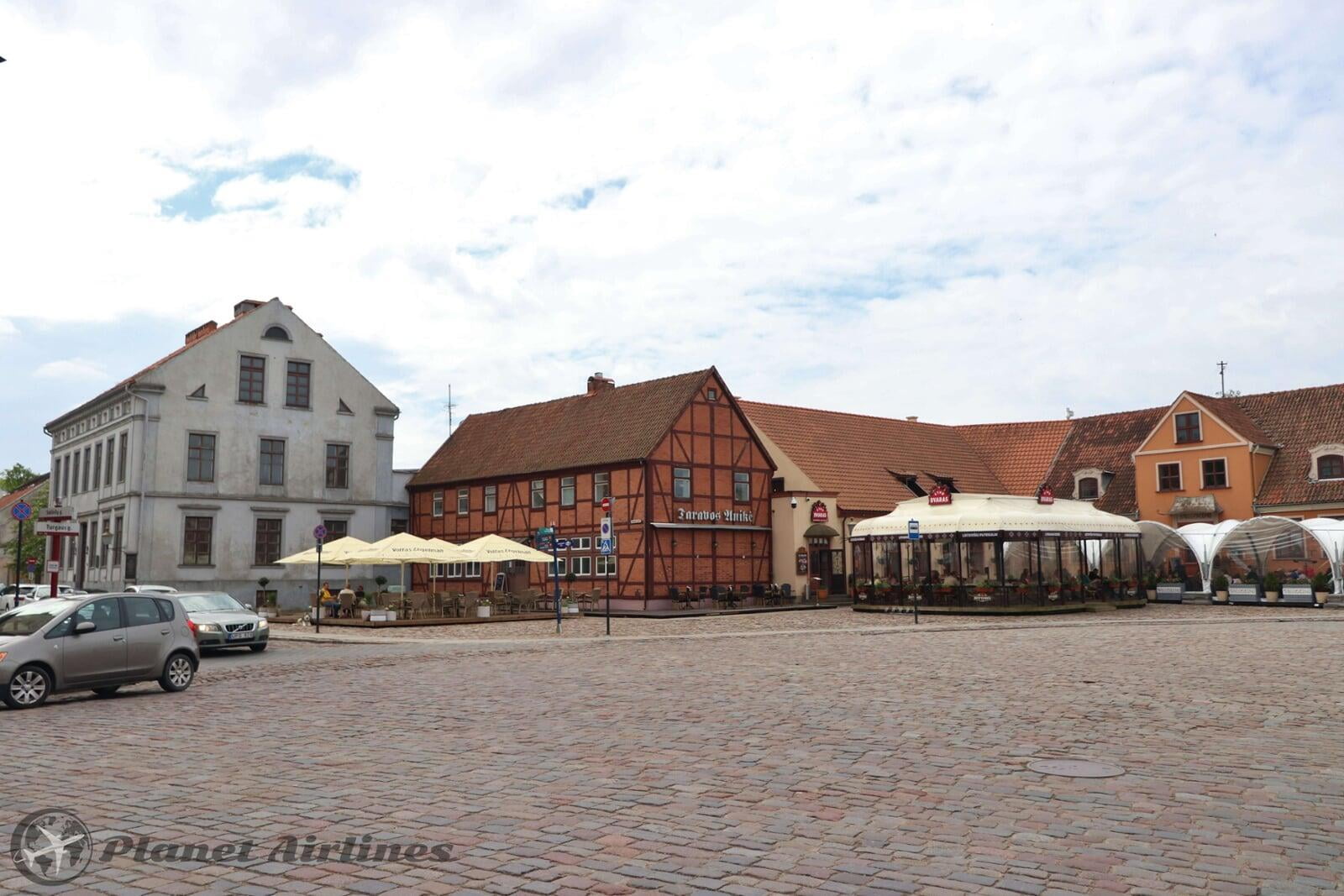
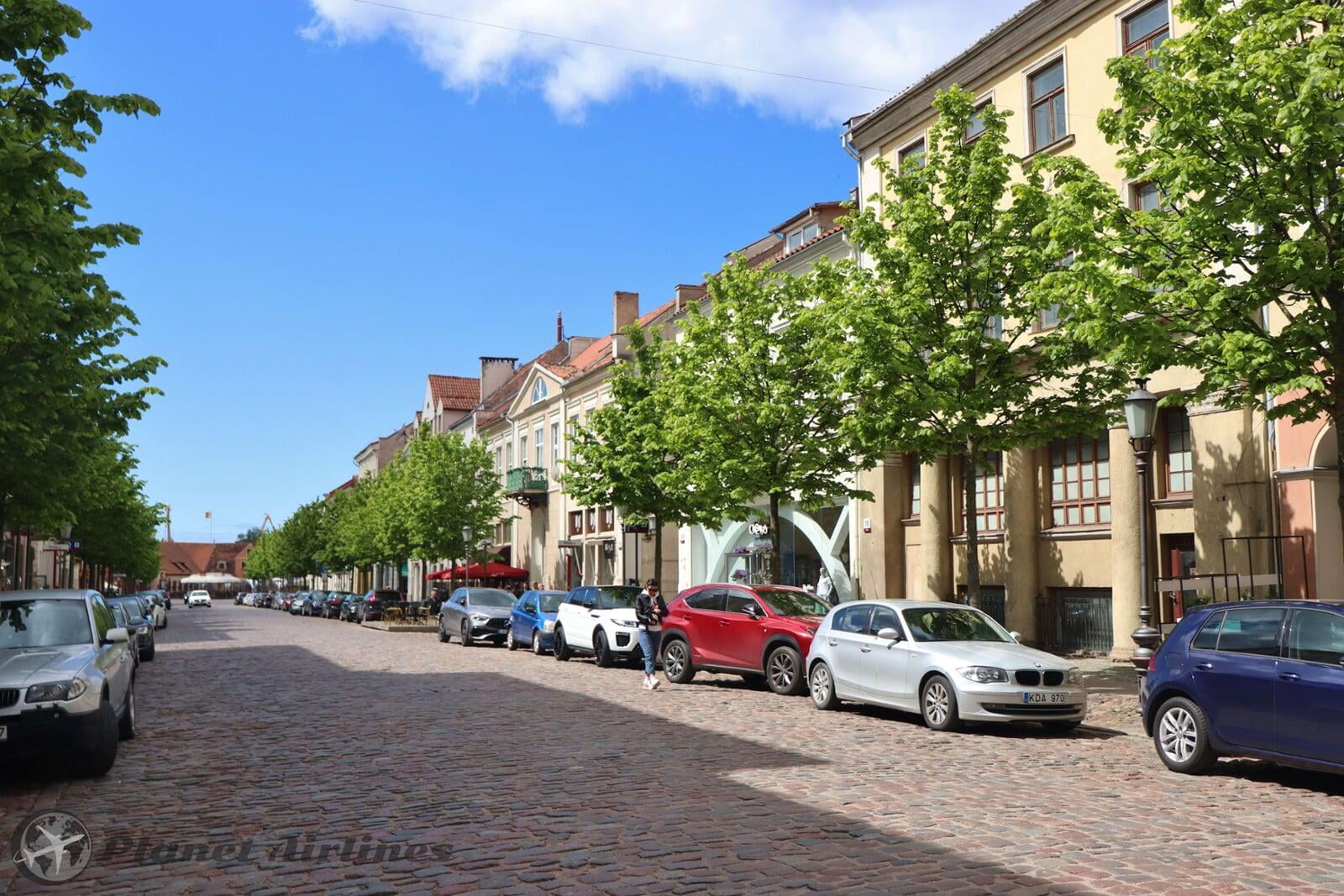
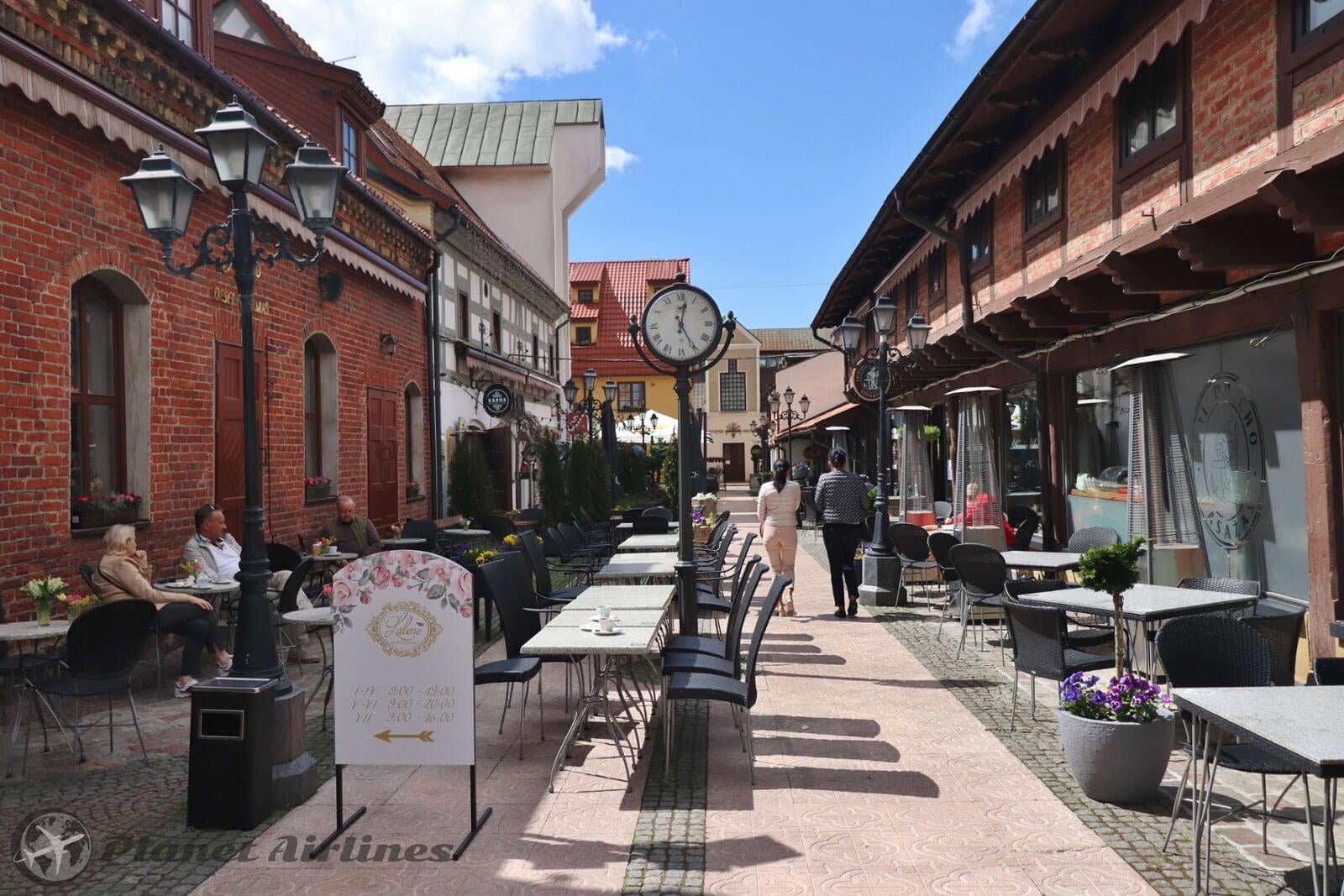
- Klaipeda Harbour and Castle Museum: make sure to take a walk along the waterfront. You can start from the Meridianas ship and keep walking until you reach the harbour. With its protected location behind the Curonian Spit, Klaipeda had one of the few ice-free harbours in Northern Europe. The port of Klaipeda helped the town grow quickly, and today, you cannot just find freighters here but also ferries connecting to cities across the Baltic Sea.
While walking past the fishing boats, look out for the statue of the 📍Klaipeda Black Ghost. Even though this hooded figure looks more creepy than anything else, legend says that he once saved the inhabitants of the city by warning them about an upcoming famine.
From the harbour, you can quickly get to the Castle Museum and the Museum 39/45. Buy your tickets online or in person to start exploring the exhibitions in the castle ruins. As the name of the museum suggests, it deals with one of the most tragic times in the history of Klaipeda, WWII. Wipe away the sand to reveal more of Klaipeda’s history. Here, you can see the remains of the castle in more detail, with various artefacts from the history of Klaipeda.
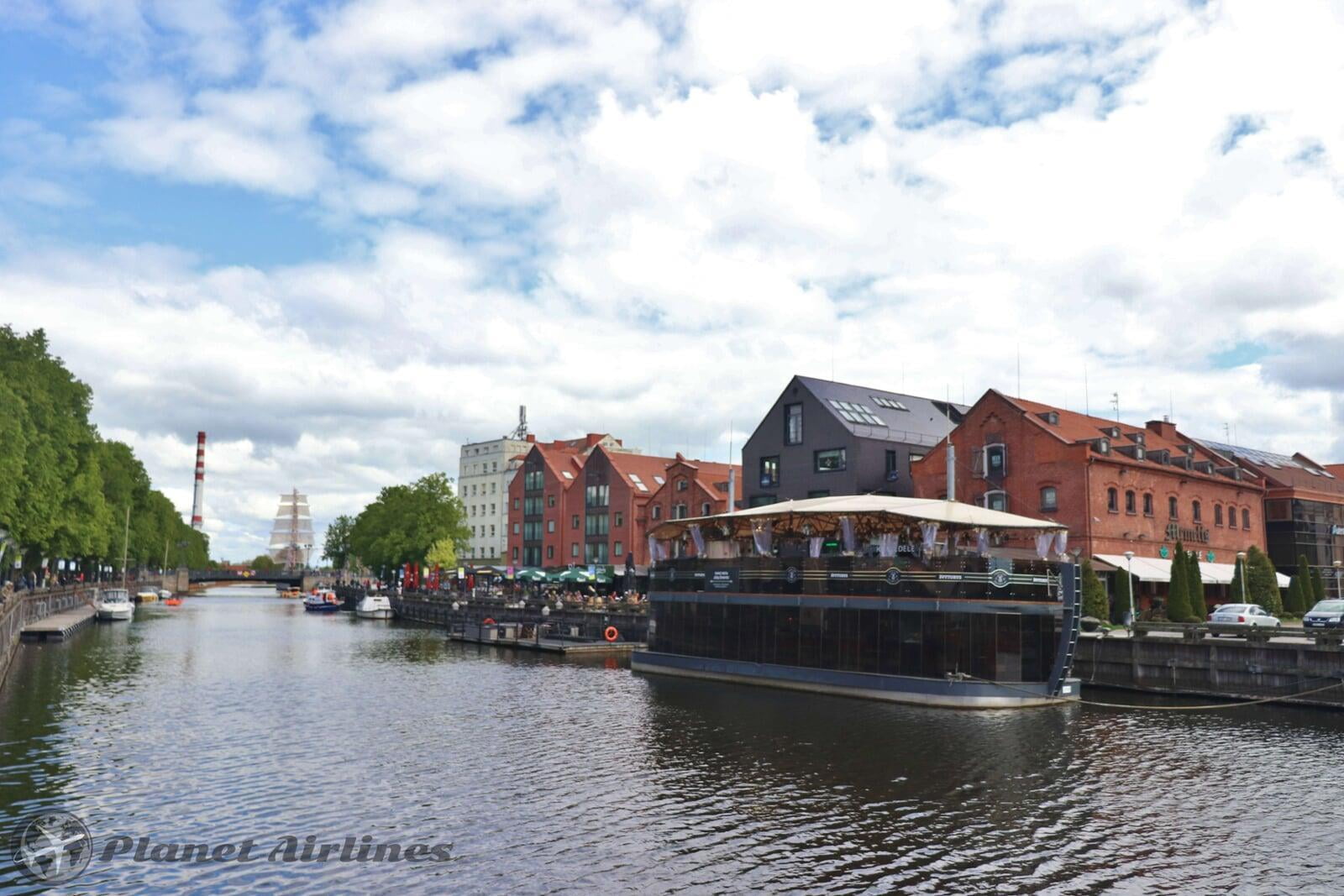
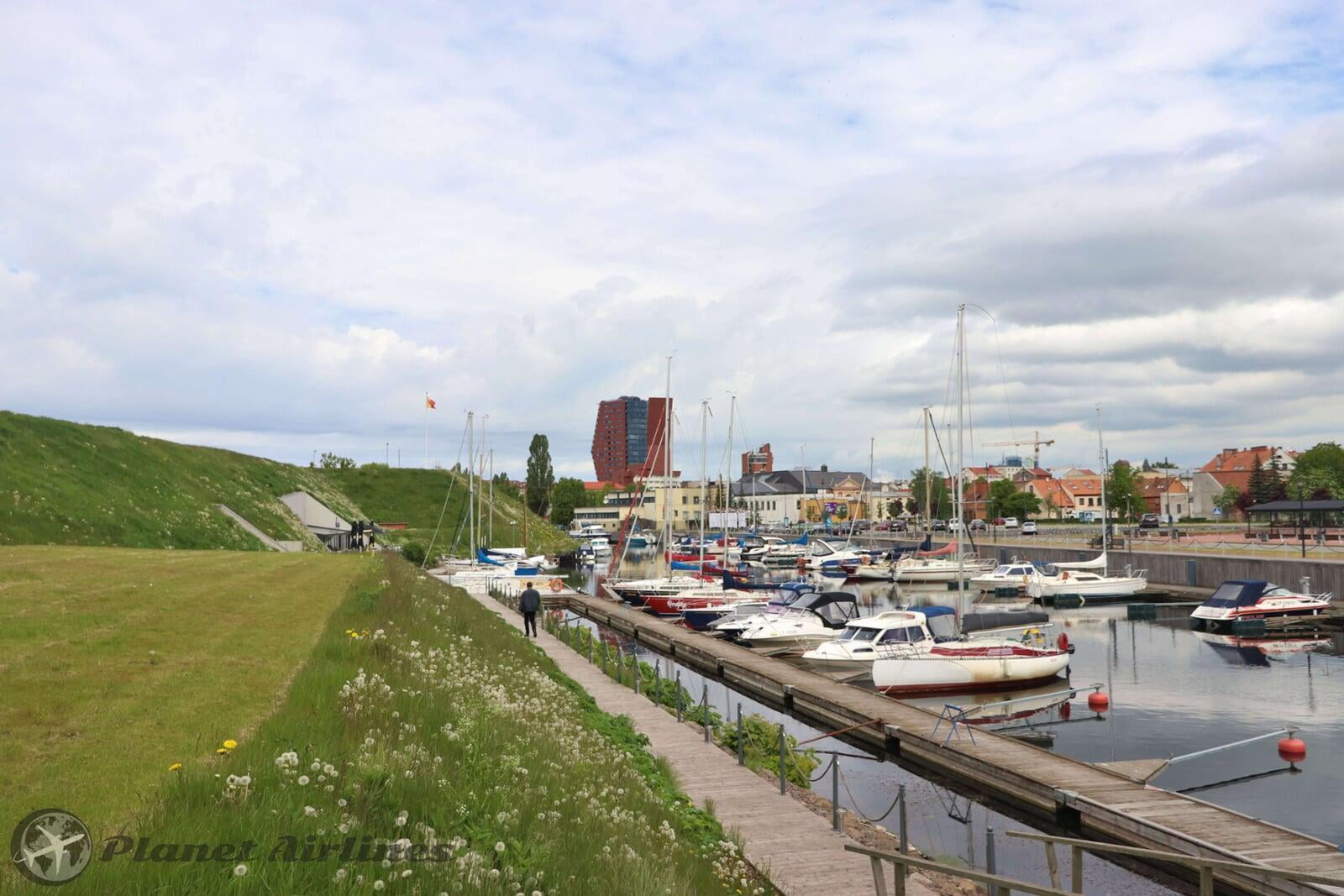
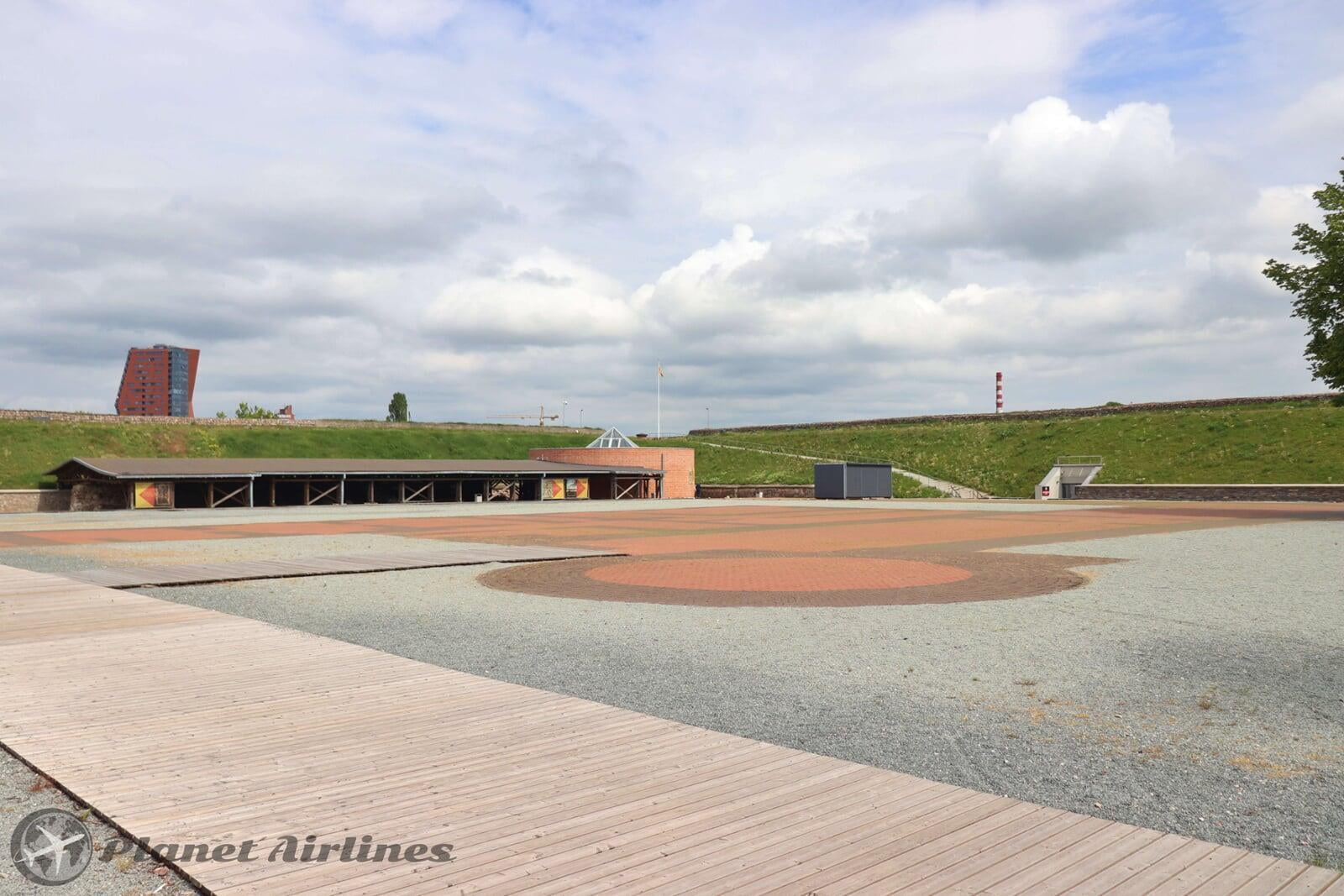
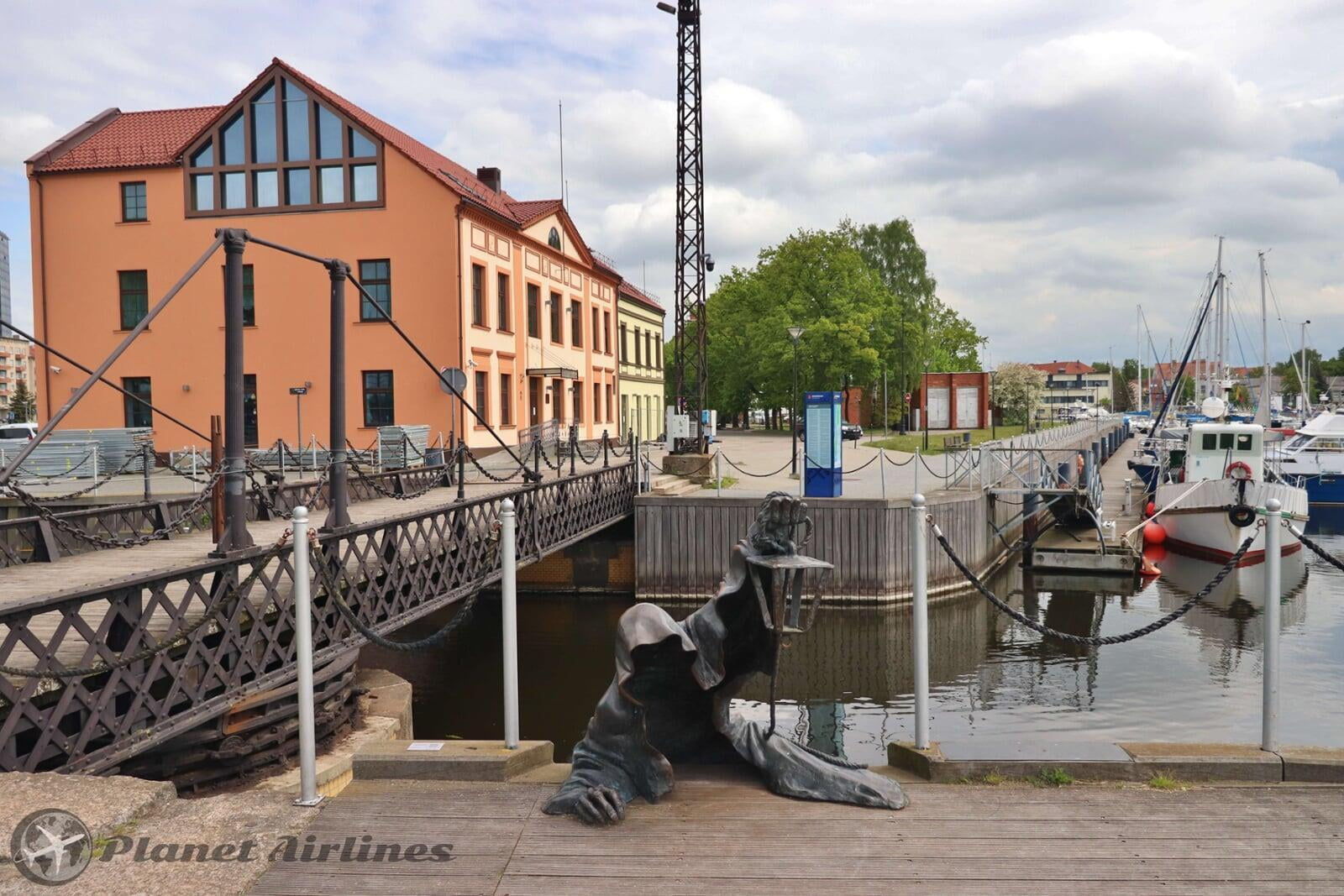
- The Curonian Split: It is of the most important National Parks in Lithuania. This area is especially beautiful on a summer day when you can relax by the beach, but it’s excellent at any time of the year, provided you dress up well in case of any unexpected showers! To get there, you need to take a short ferry from the Harbour. Tickets cost only €1 return and ferries leave every 15-30 min.
On the Curonian Spit, you can take a bus to go south to Nida, where you can find the Parnidis Dune. This dune is one of the best sights on the whole spit, with a height of more than 50 metres and a sandy landscape as far as the eye can see. Also, from up here, you can see both beaches of the peninsula, the one facing the lagoon and the one facing the Baltic Sea.
Alternatively, you can also take a walk around the split and visit the beaches on the other side after you arrive on the ferry. The walk is just 20 min and if you like, you can also visit the Aquarium and Dolphinarium.
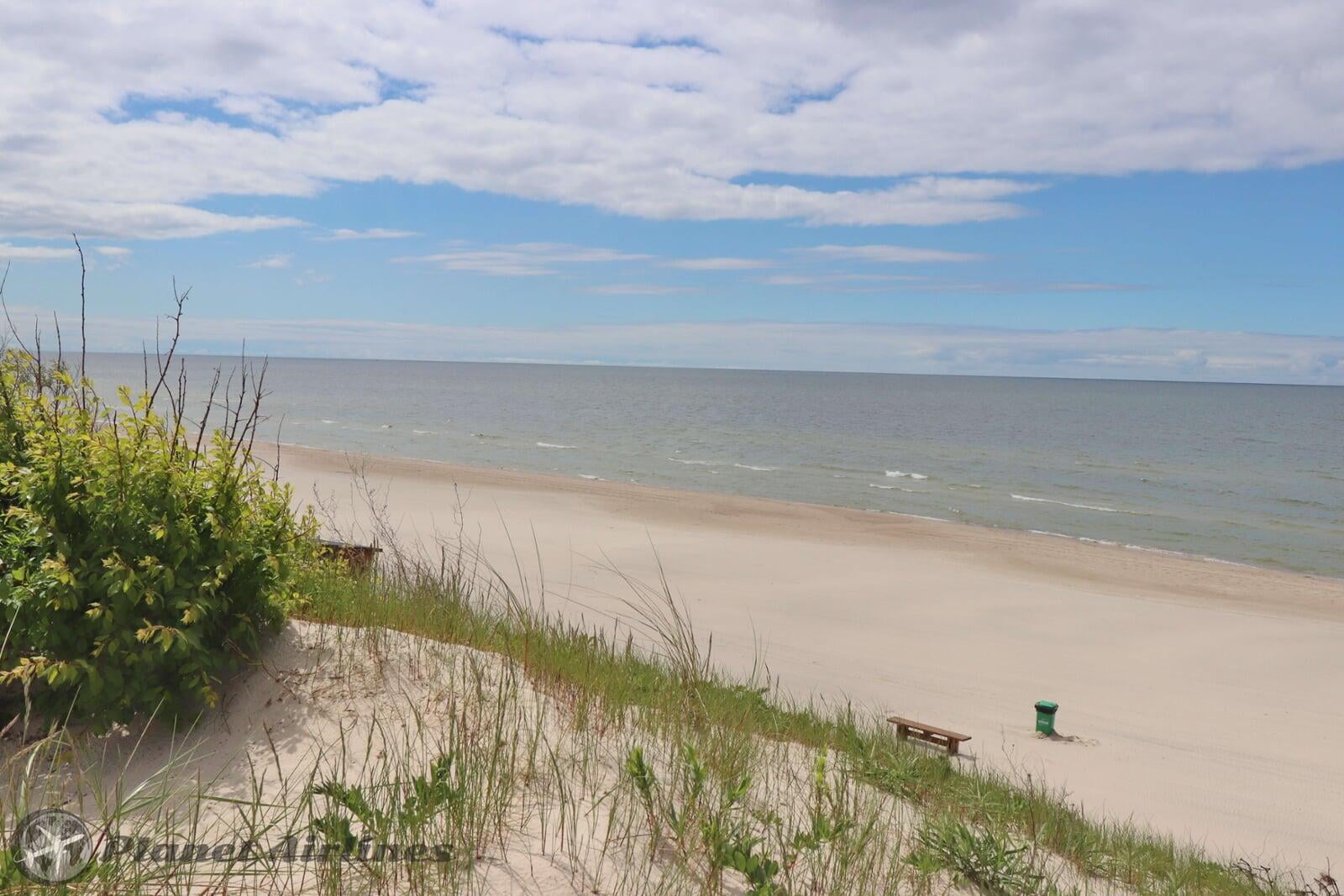
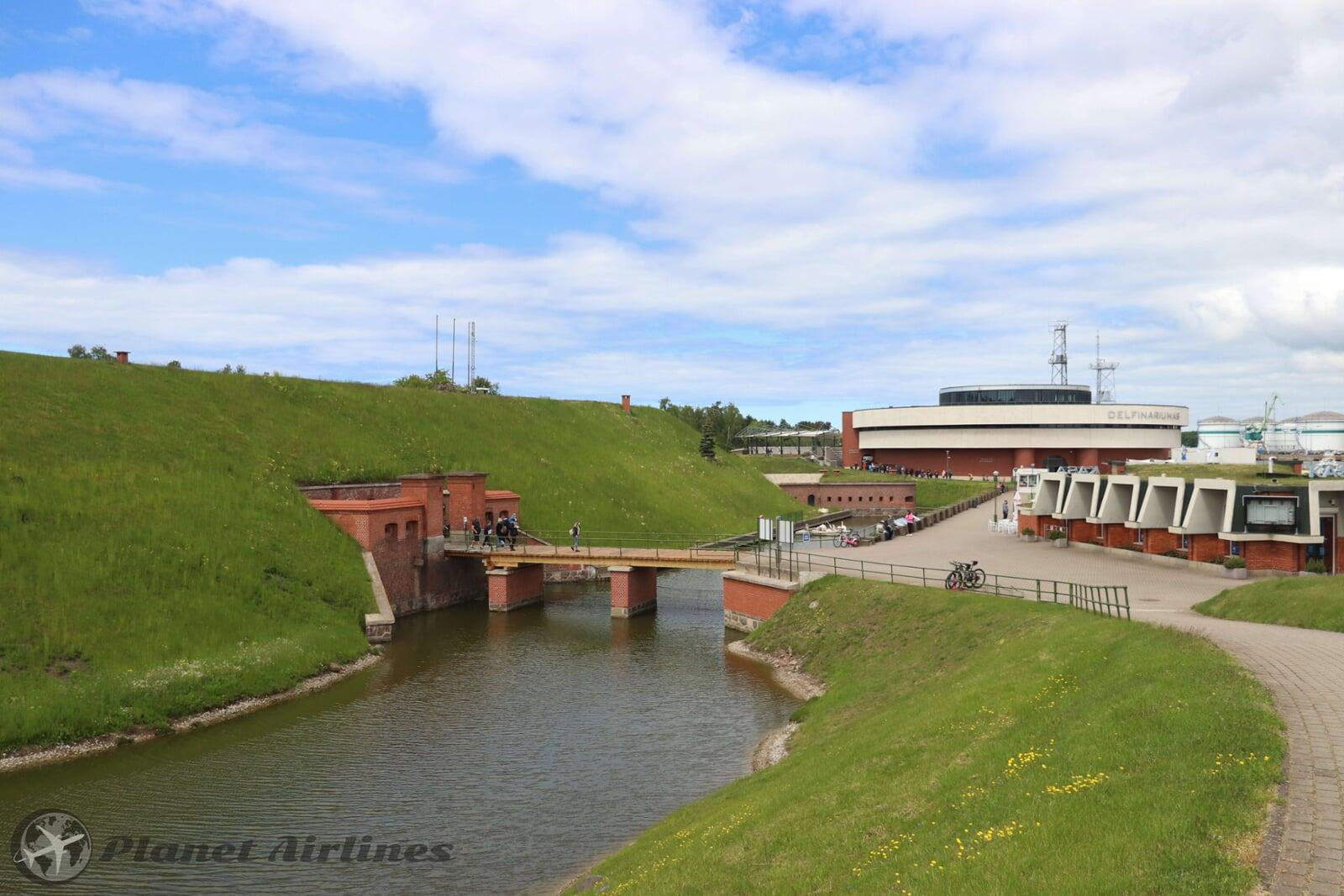
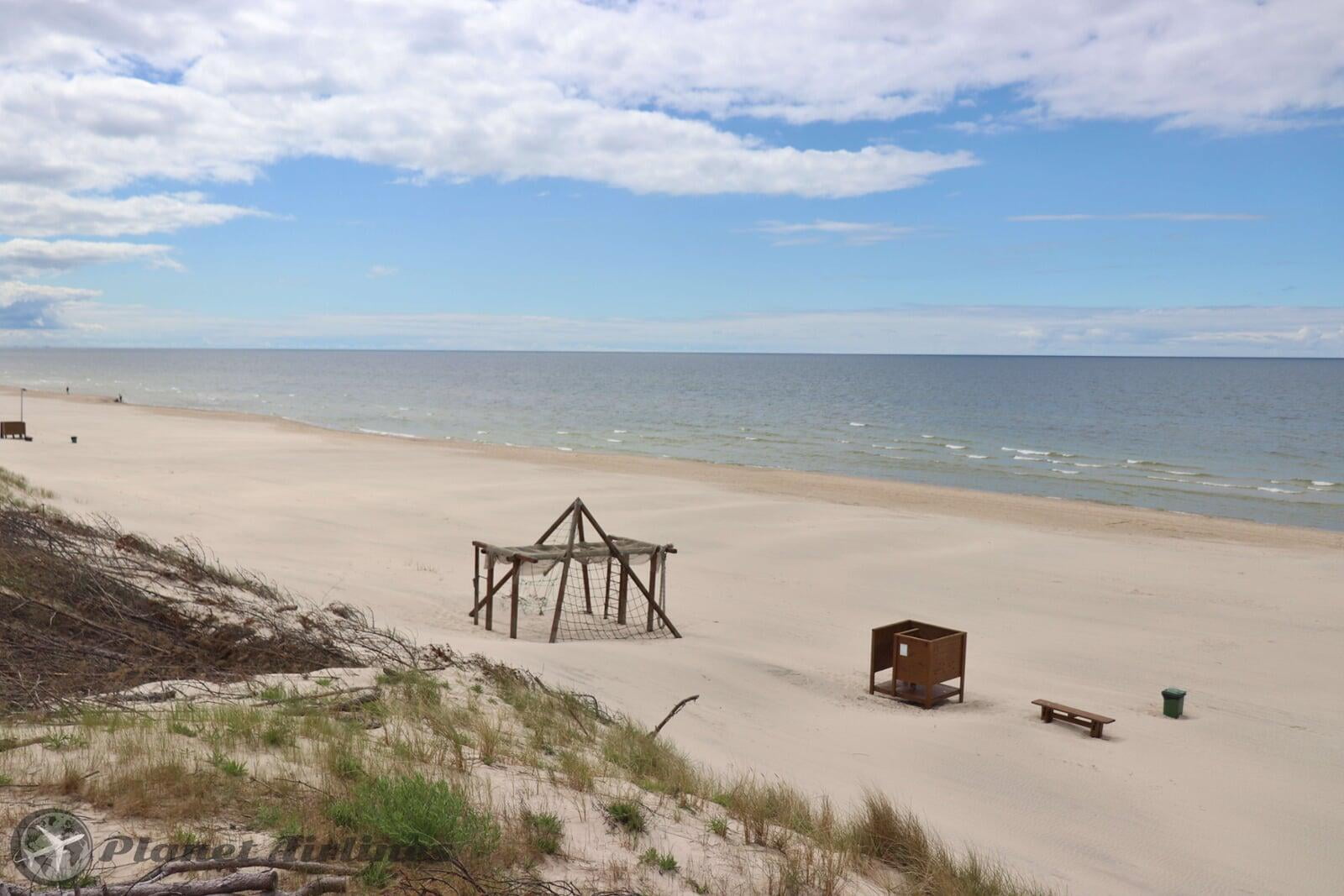
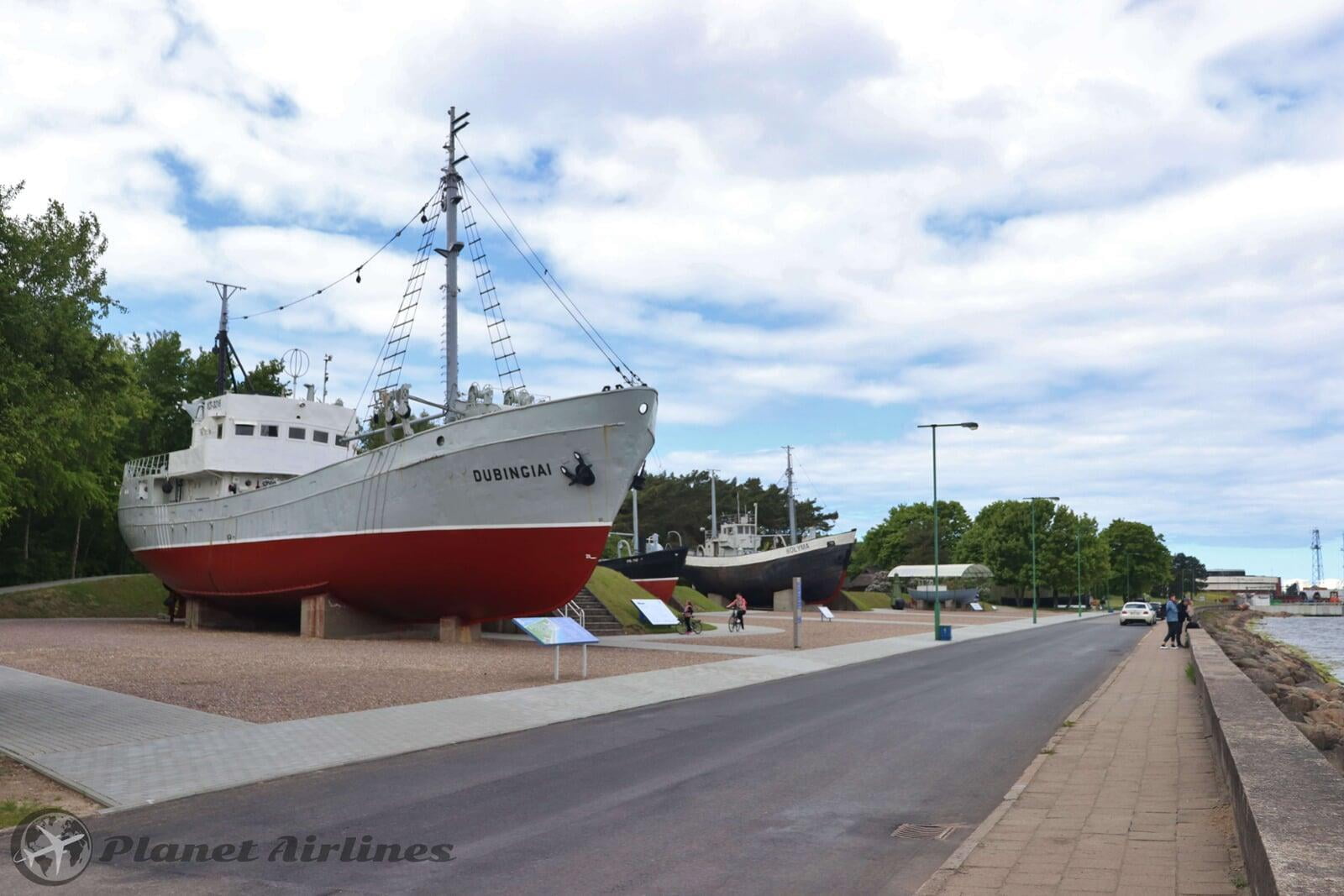
✔️Tip: If you are driving to the split, then you need to go to the 📍New Ferry Terminal which allows transportation of vehicles. Prices will be per vehicle type.
Palanga is located a short 30 min drive from Klaipeda or take the bus for 50 min. Palanga is the biggest seaside resort of Lithuania. Its location only 29 kilometres from Klaipėda means that often locals and tourists travel between the two cities looking for new things to see and do, visiting friends or for work.
Palanga is famous for its beaches of beautiful white sand and dunes, which can be found nowhere else on the Baltic Sea coast. The sandy coast extends for over 10 km and is backed by a pine forest and dunes.
Originally a fishermen’s village. The inhabitants were engaged not only in fishery, they also gathered amber which would reach the distant countries of Europe and Asia via the merchants’ routes. In the 19th century, Palanga started developing into a health resort. Today, the resort boasts a large variety of pubs, cafes, restaurants, discotheques, bars, night clubs, and casinos. Those who enjoy active holiday are offered pedal boats, bicycles, horse-riding, tennis courts, pools, a complex of baths, etc. A number of trails are intended for cycling or hiking. The Palanga Regional Park, stretching somewhat southward in the direction of Klaipėda, attracts visitors by impressive scenes of wild and severe nature.
Palanga is the resort submerged in the shadows of trees, which is fascinating at any season of the year. In summer time, Palanga becomes a capital of entertainment and cultural events. Then, it turns into a symbolical capital gathering people of different professions and age, including artists and the academic community. The town provides space for a summer residence for tourists coming from Germany, Poland, Sweden, Denmark, and Russia. People flock here to have a rest, bathe in the Sun, sea and dunes
Whilst in Palanga check out the Botanical gardens, Amber museum, The chapel on Birute's hill, The small terrace, "Eglė, queen of the serpents" (sculputure) and the Memorial in eternal remembrance of the Jewish people killed in world war II.
Palanga Pictures ▼
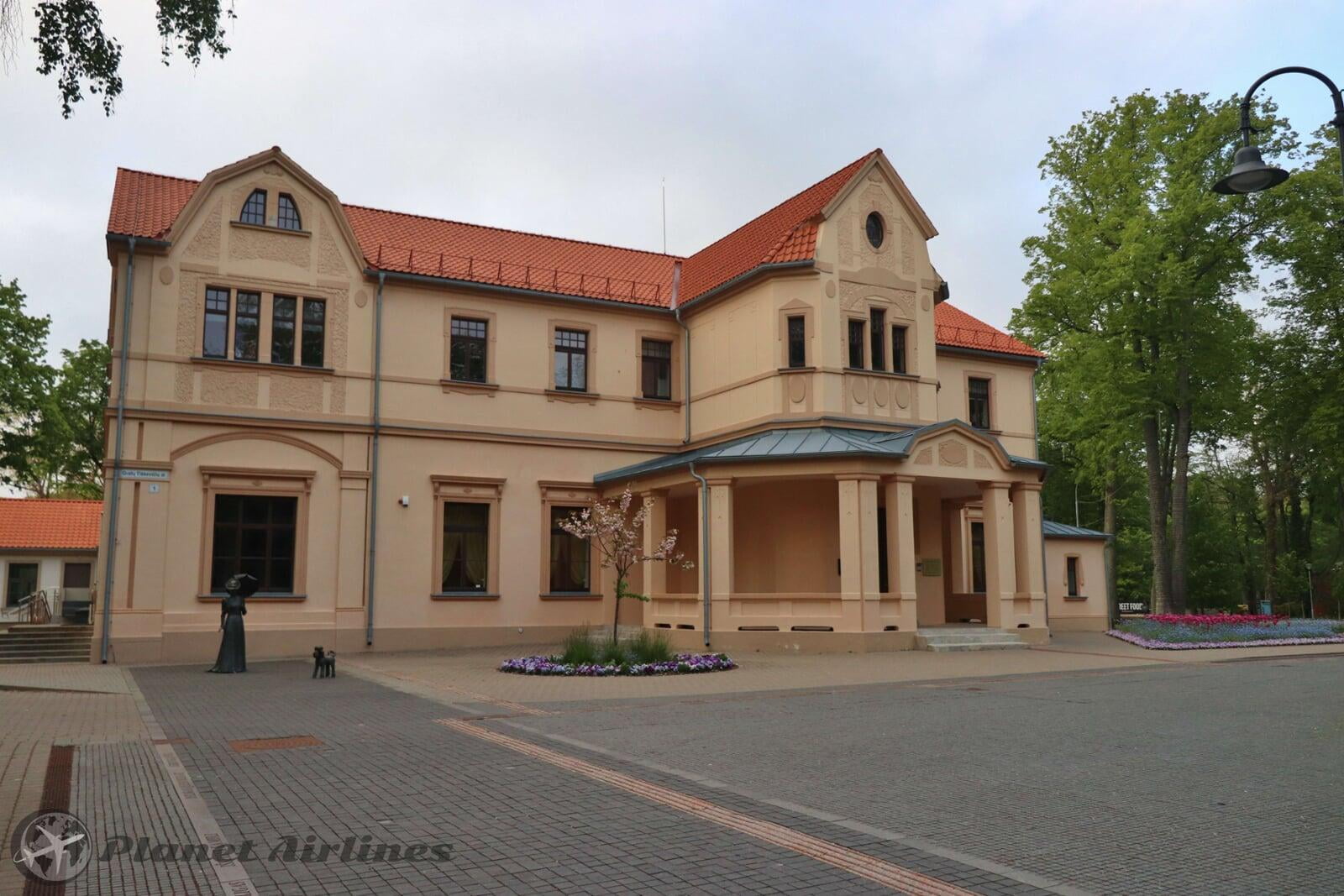
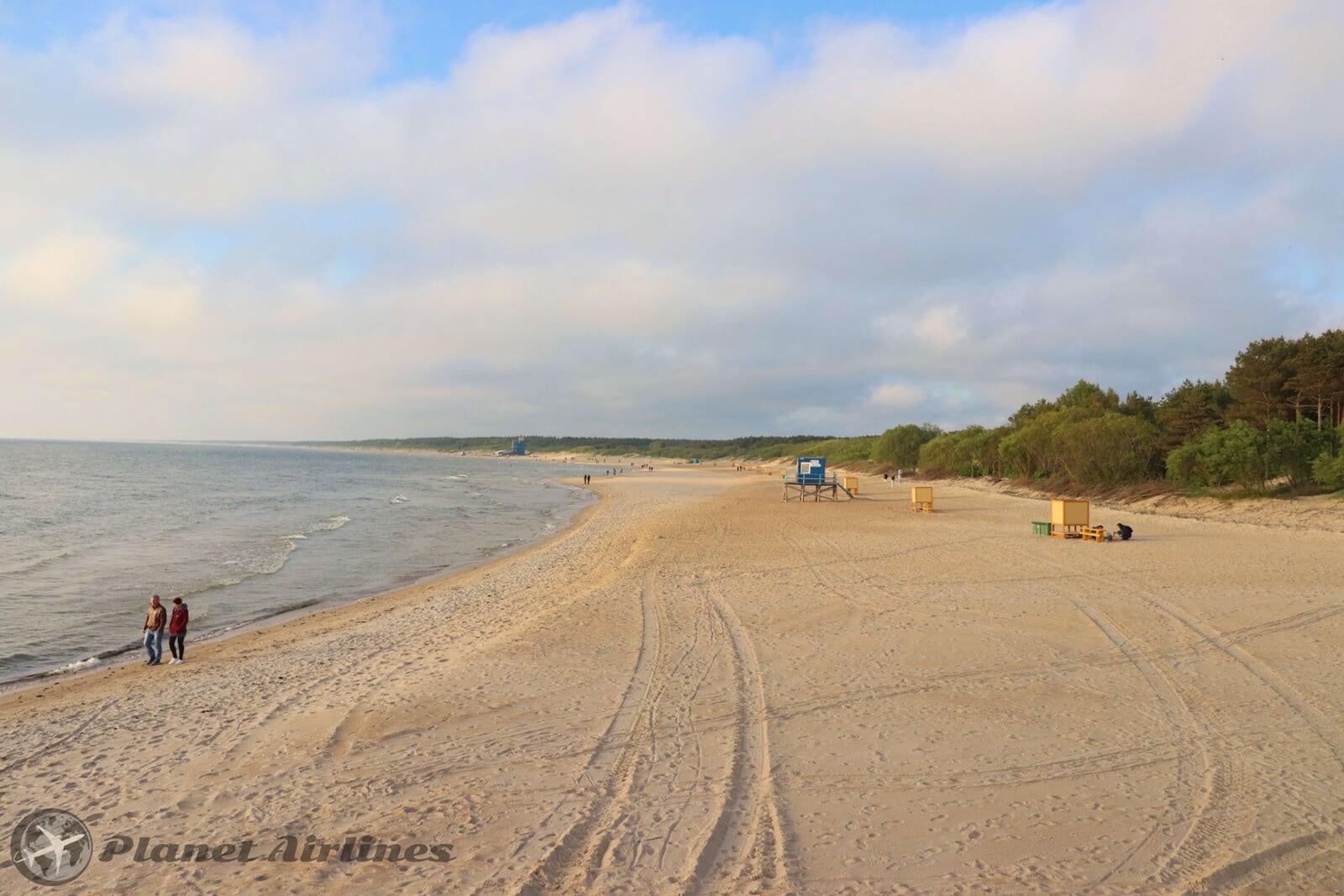
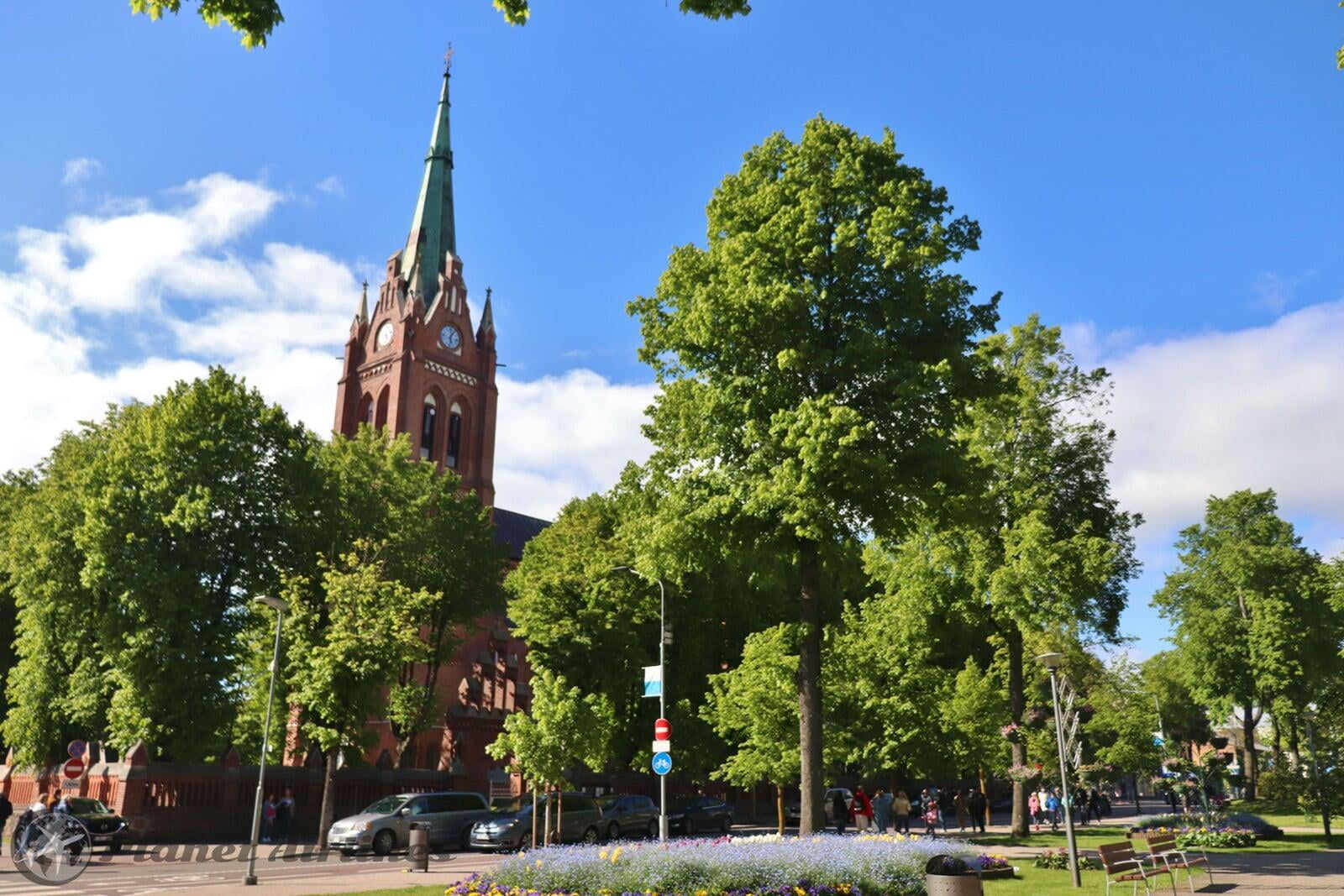
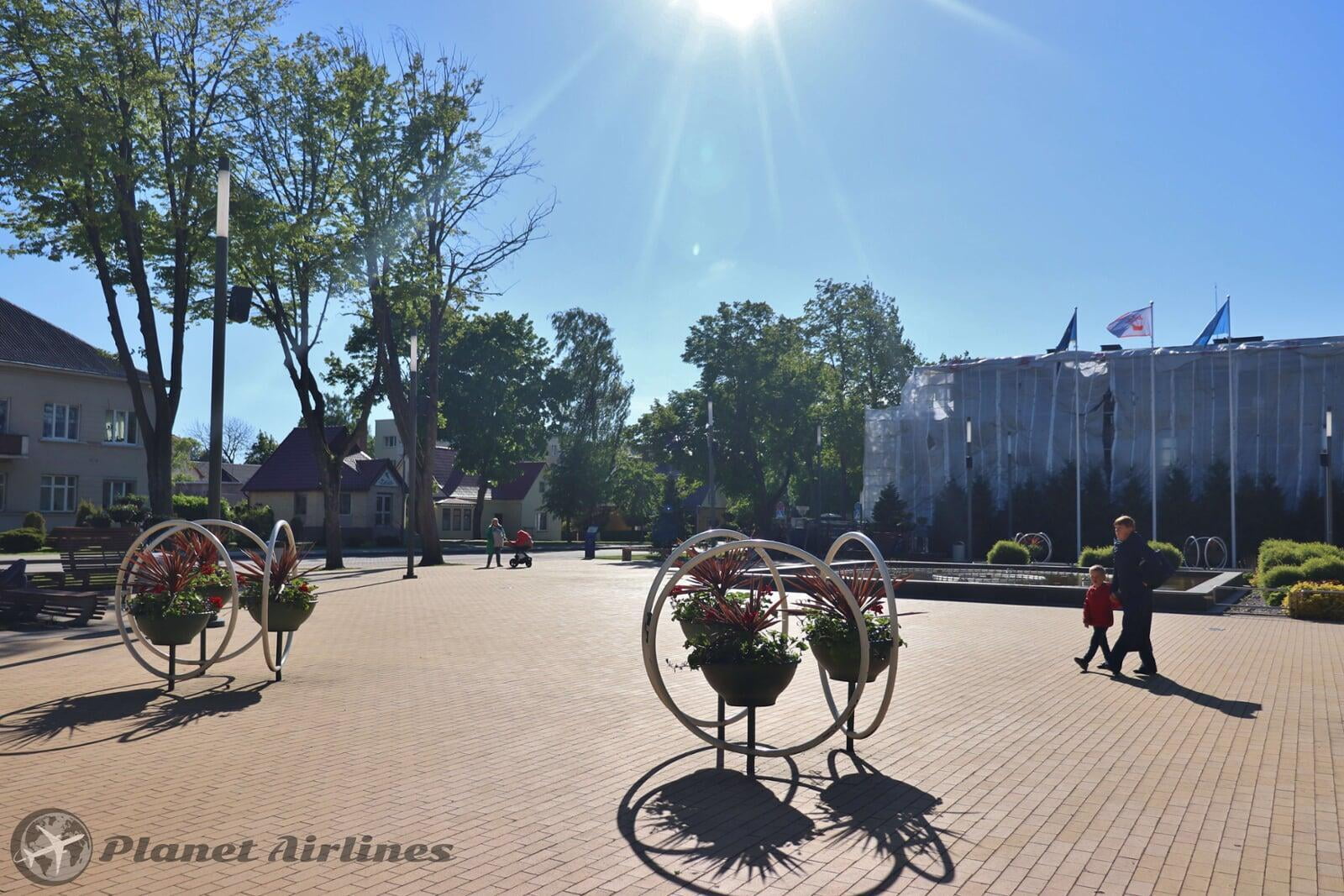
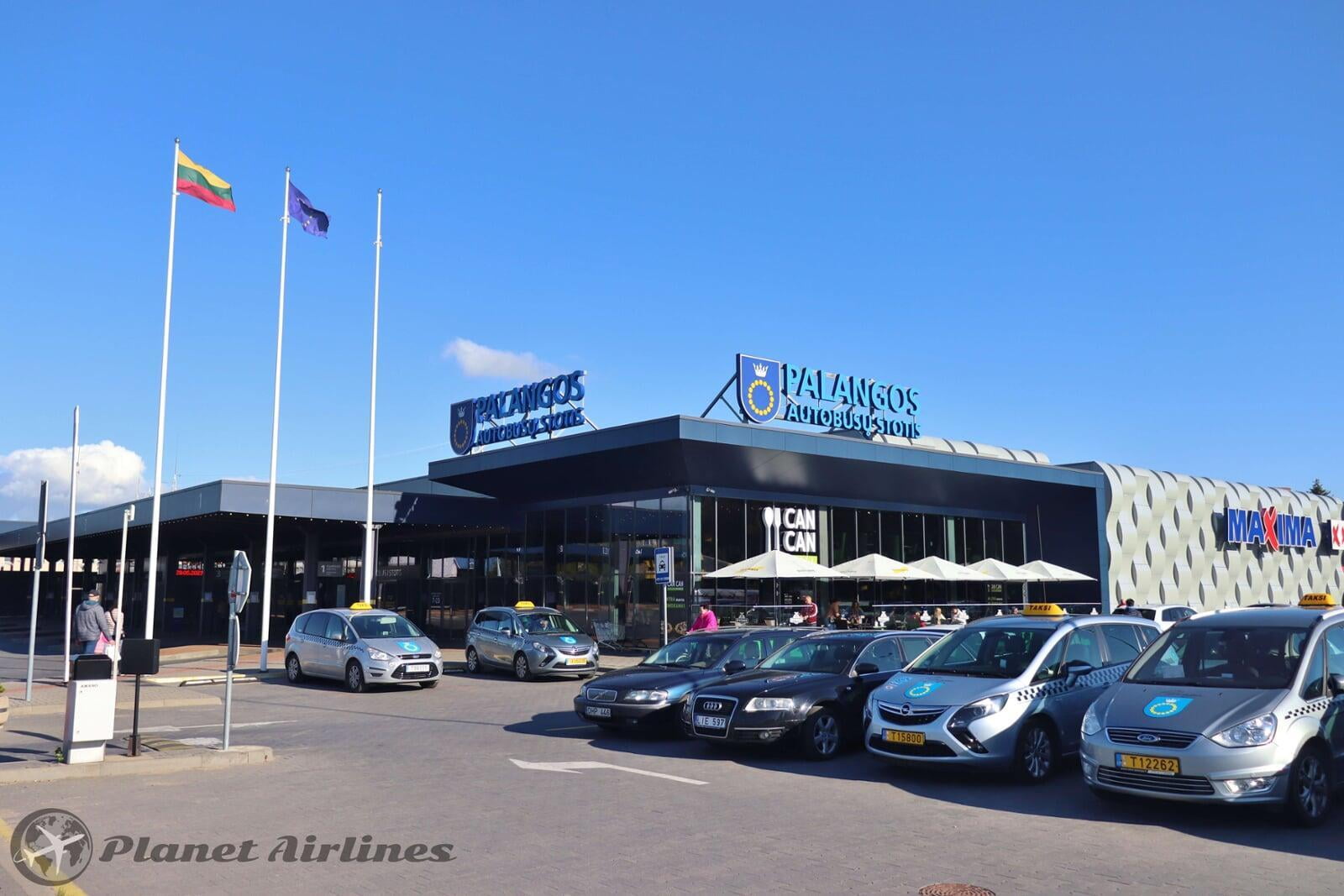
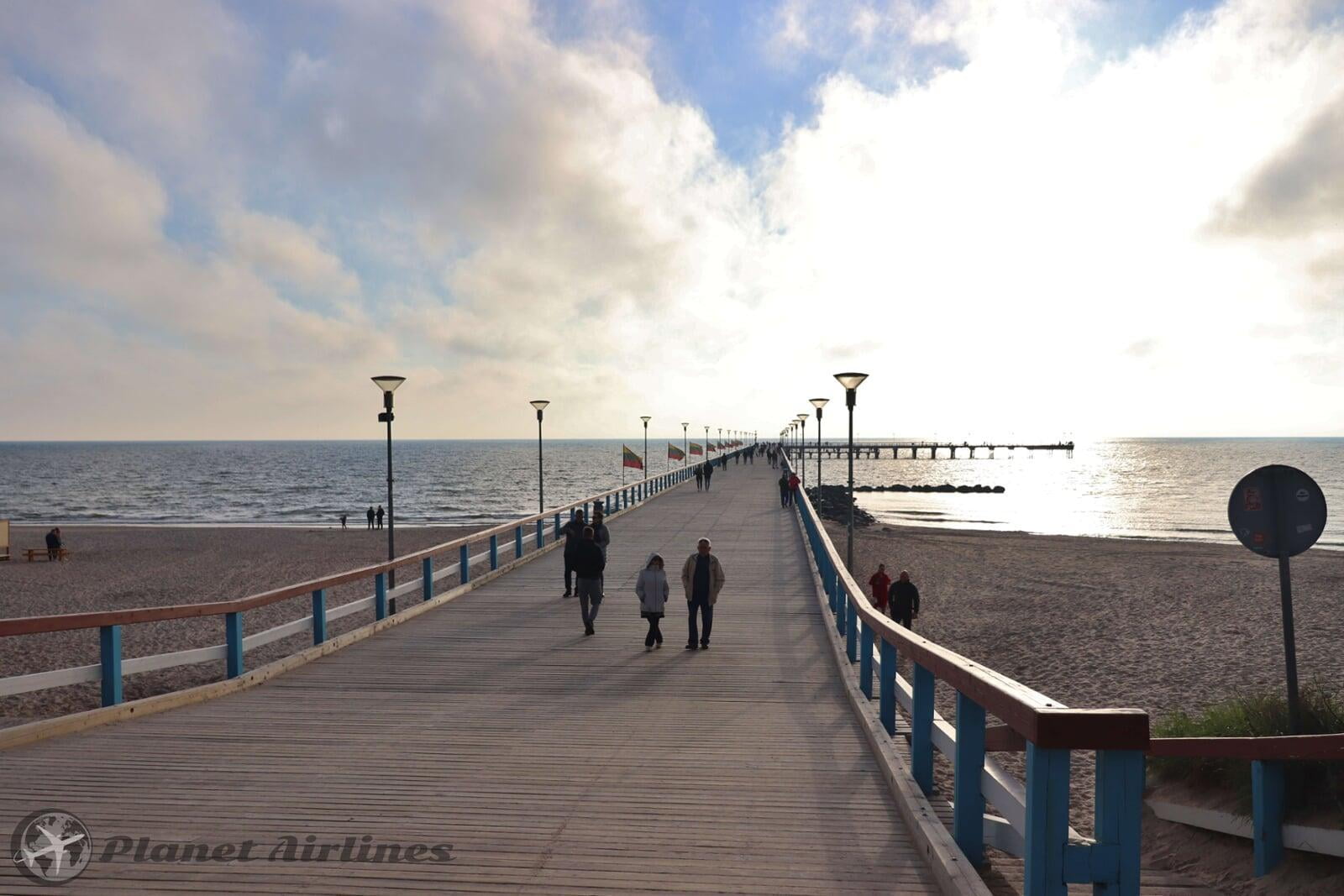
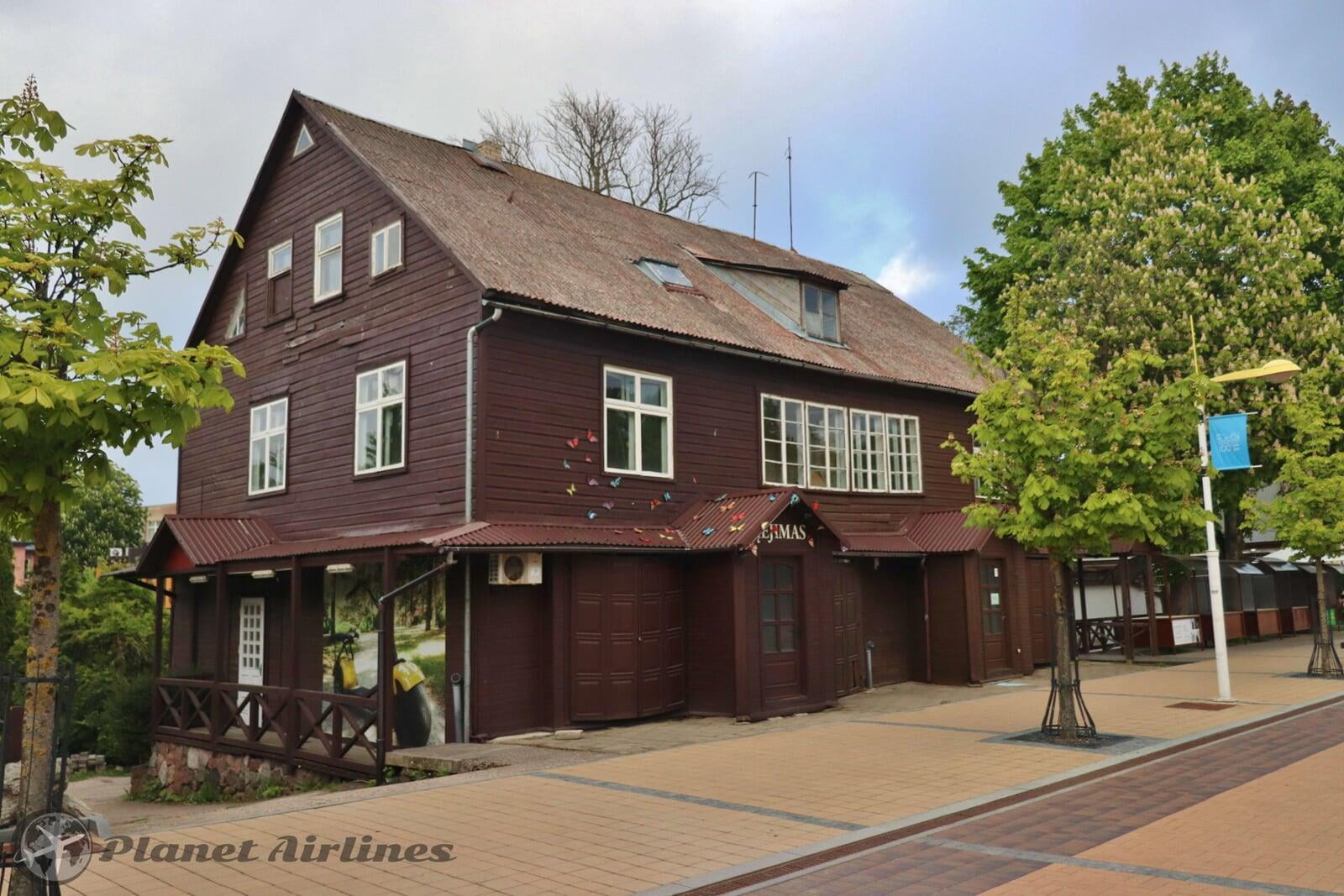
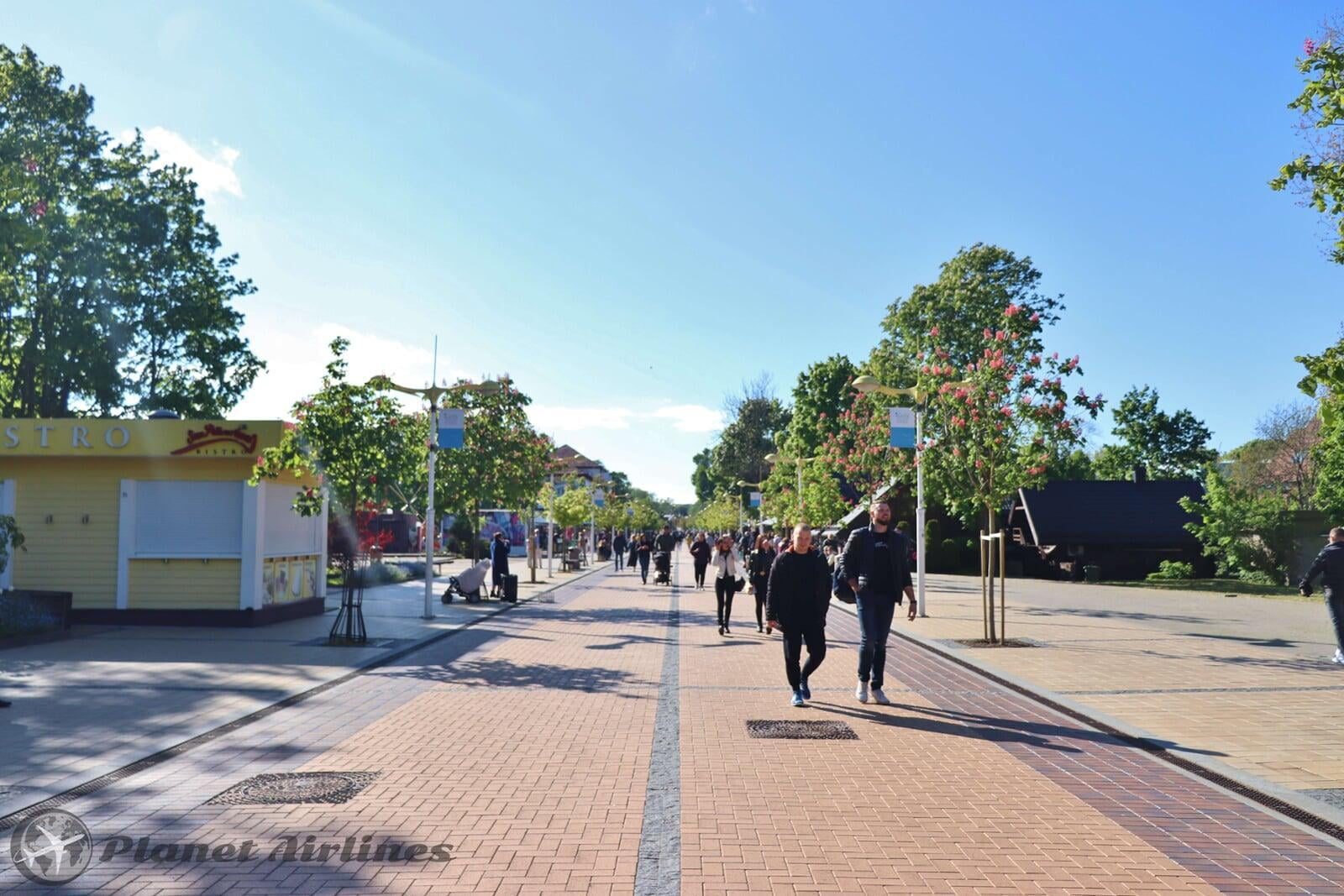
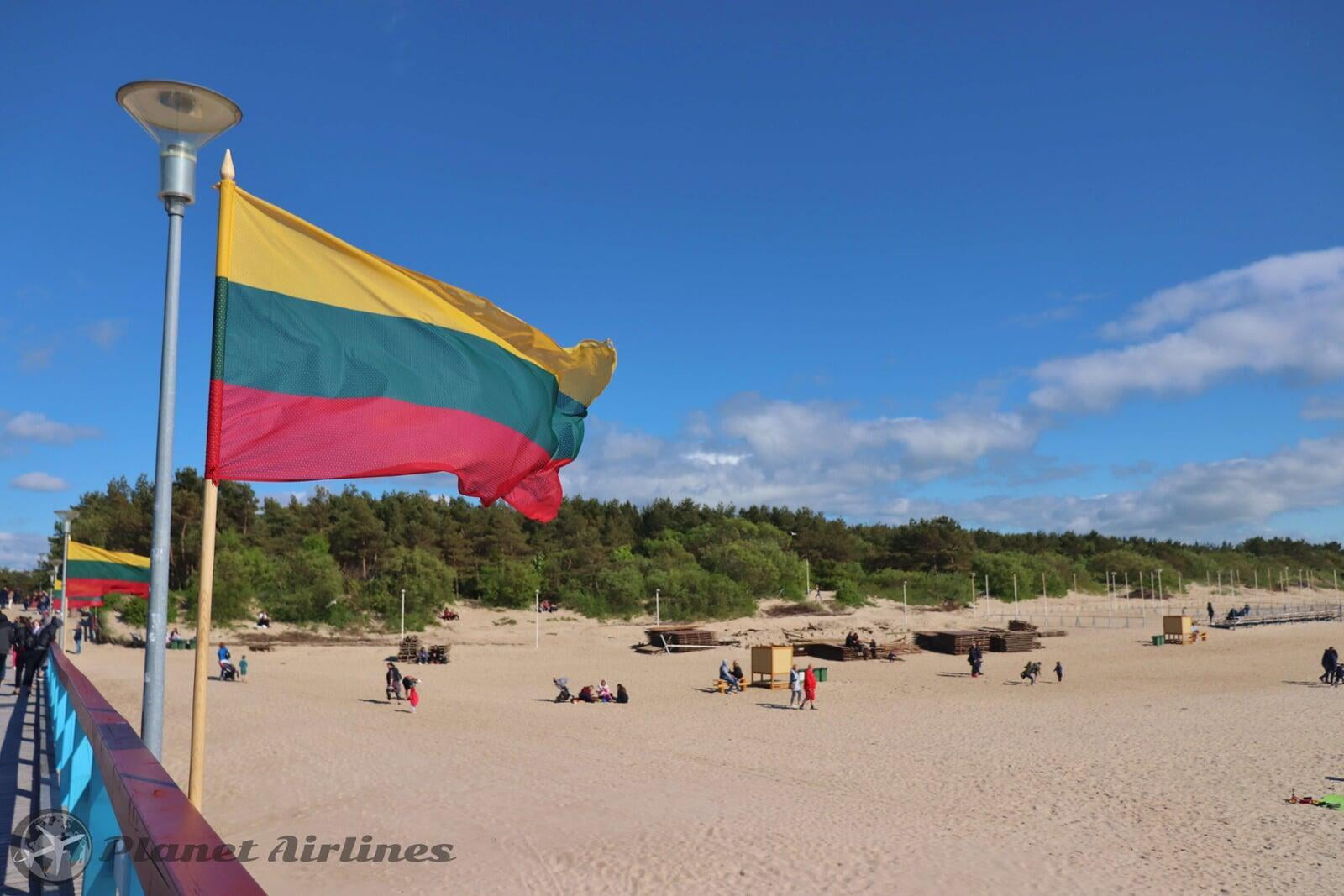
Nightlife in Lithuania consists mainly of two components, clubs and casinos. Casinos often organize different concerts and you can see playing machines in many night clubs. Apart from this, the shores of the river Dane in the city centre, has many bars and restaurants open till late offering a good variety of cocktails and live music to go with it. Generally the crowds start to build up around 7pm for dinner and stay for drinks till midnight when then many move on to the clubs.
In winter, there is a substantially less amount of offerings, but you will find still cosy bars and indoor places offering good spaces for late drinks and live music.
Klaipeda's nightlife venues offer something for everyone, from beer taverns with sticky floors to rowdy clubs. Door policies at many places can be rigorous to say the least, so dressing up a little will ensure you will not have any problems getting in, specially if you are going to the Casinos.
Accommodation in Klaipeda is reasonable and plentiful, though its recommended to book early during the Summer months as it tends to get more popular and also prices are higher. You will find lots of hotels and cheap apartments options within the city centre, so book something which is easy to walk around not too far out. Hotels and apartments can cost around €25-30 per night but if you are on a budget even €20 a night is possible to find also with private bathroom.
There is also a growing number or options now on Airbnb and Booking.com which offer self-catering apartments and cheap hotel rooms.
As previously mentioned, Klaipeda is not a big city and thanks to it's central attractions being well within the city centre and having lots of accommodation options close by, it makes your stay much easier and not needing a lot of time to enjoy its full potencial. A quick weekend would be enough to see all the highlights, if you are driving. However, if you need to take transport, getting to the Curonian Split, Nida and travelling to Palanga will take a little longer, so staying 3 nights should be enough to cover everything comfortably.
Klaipeda Photo Slide 📷












.png)